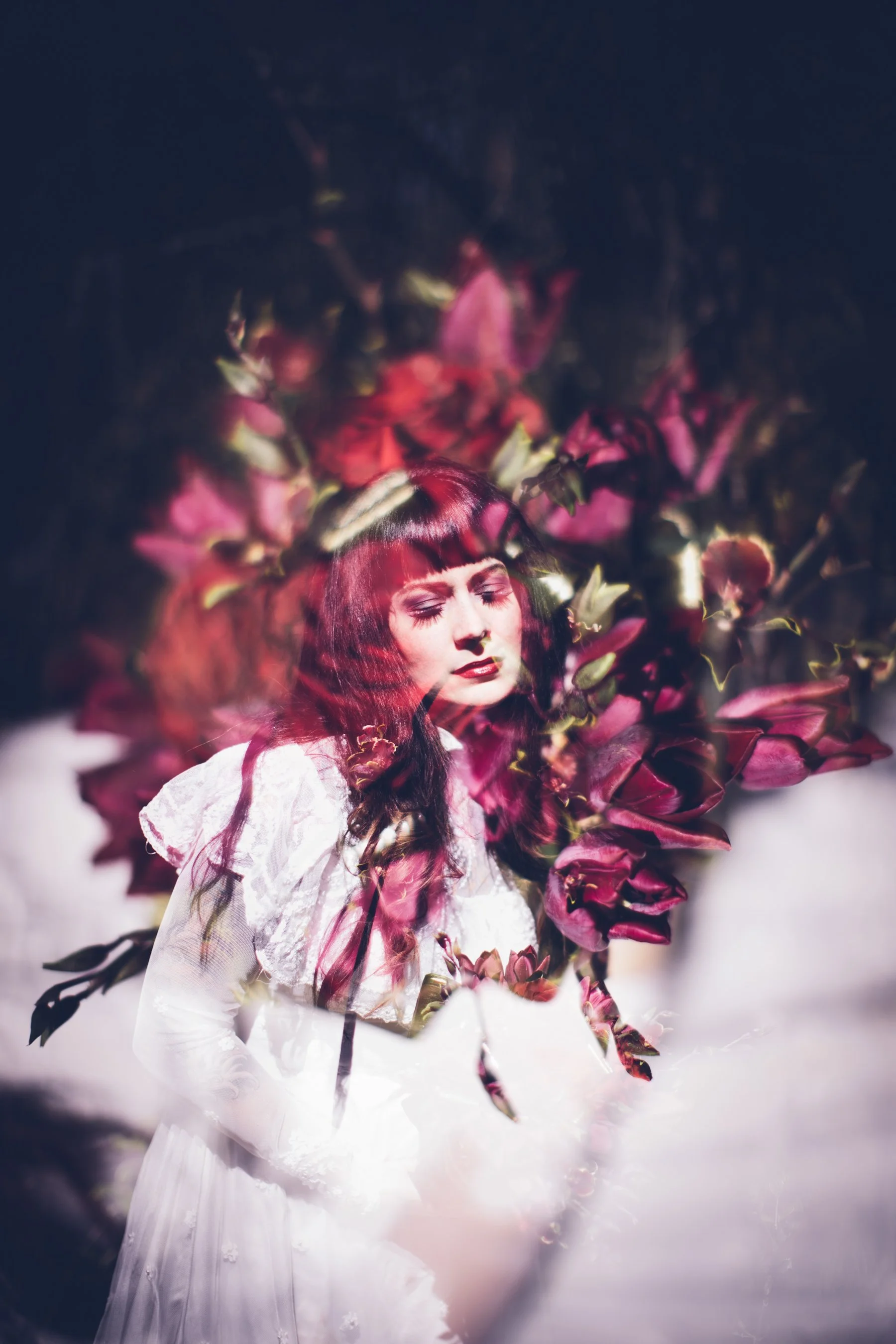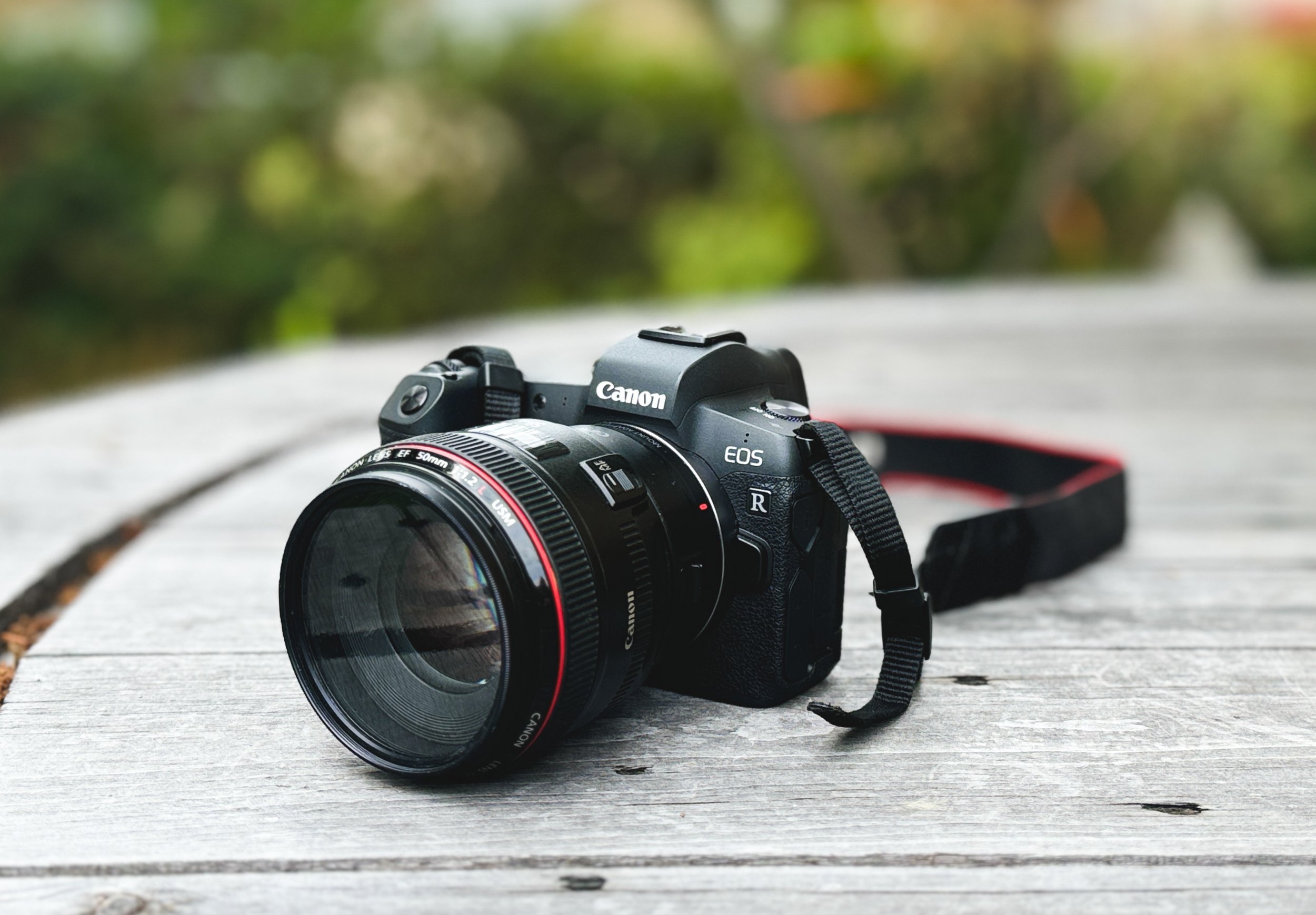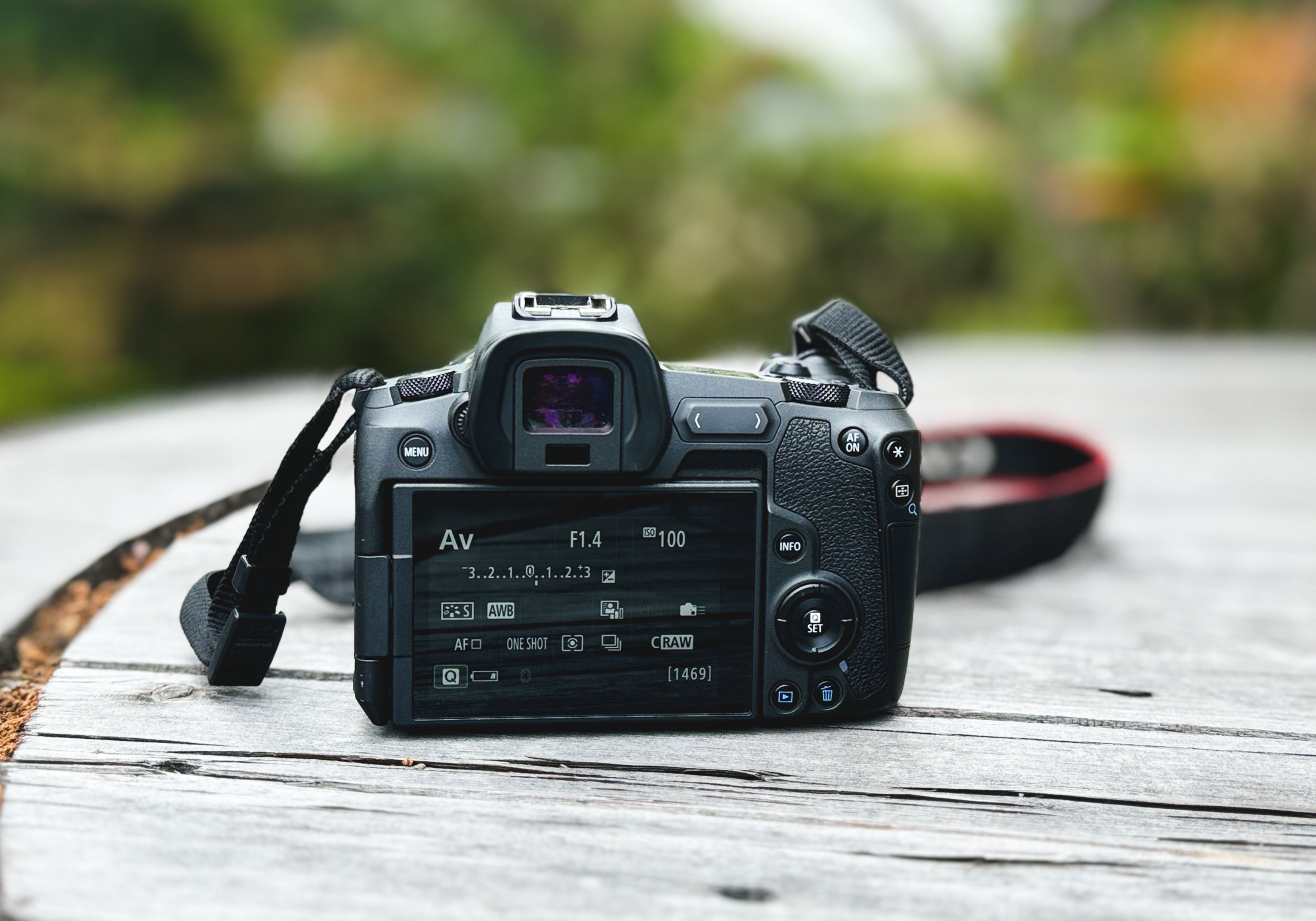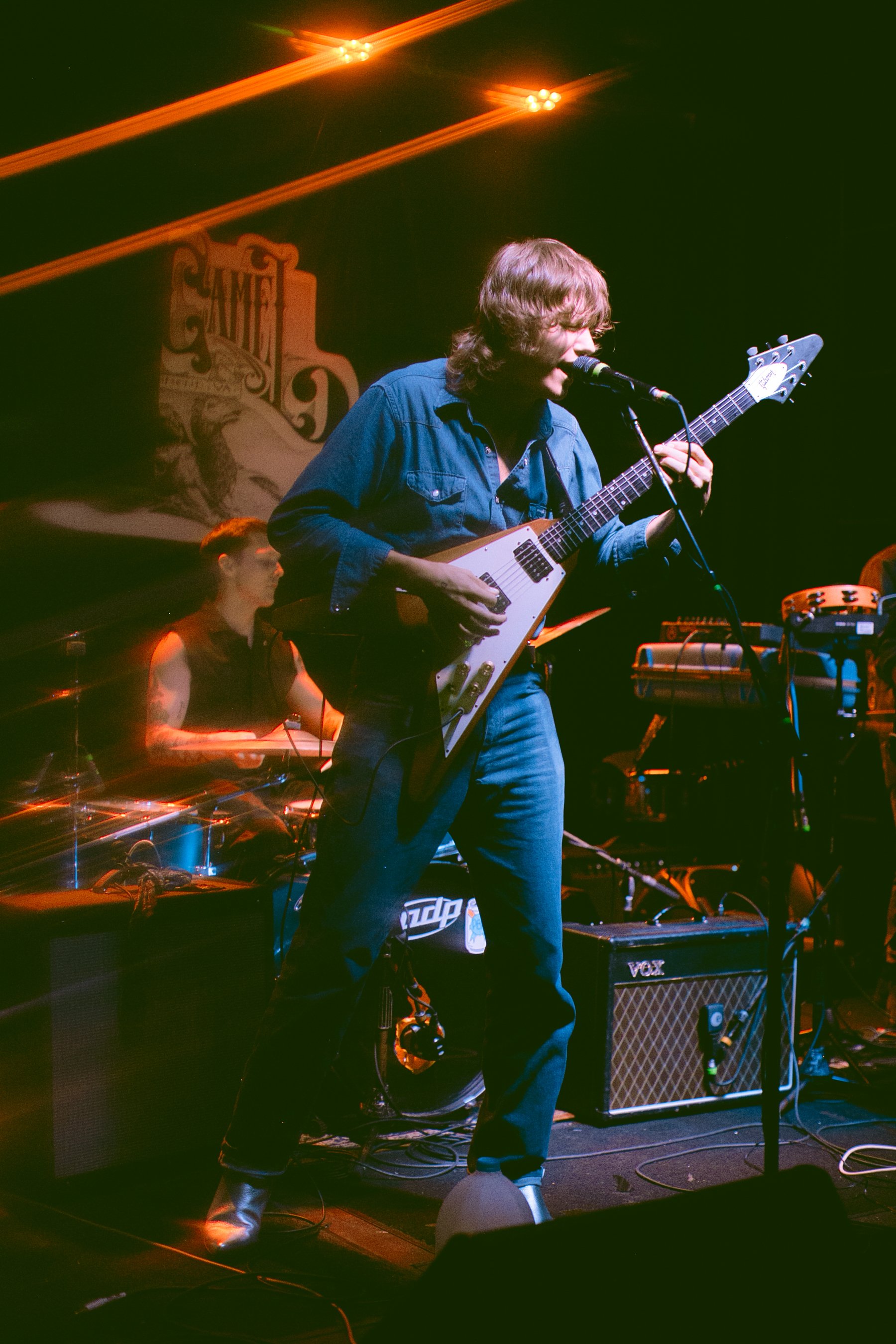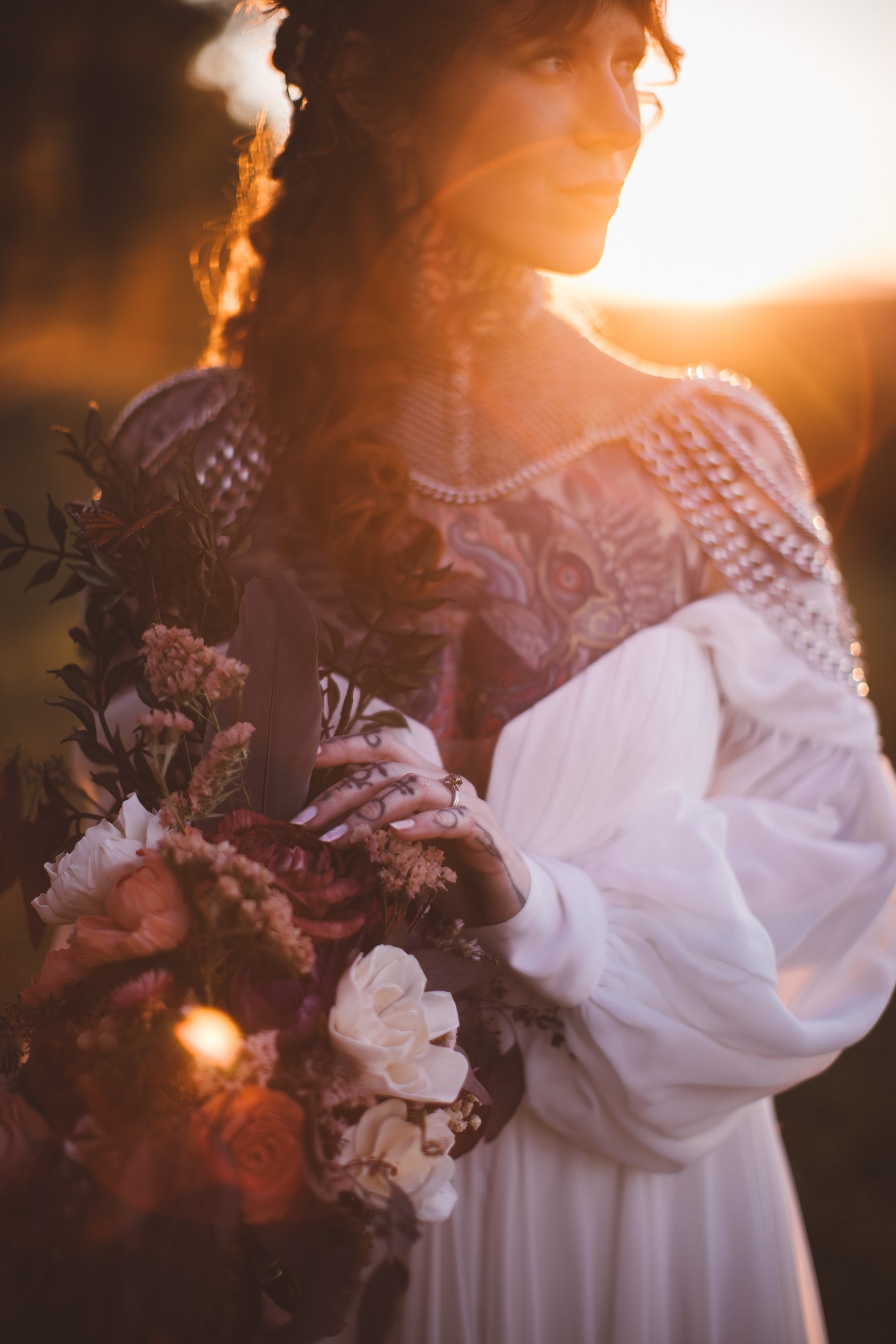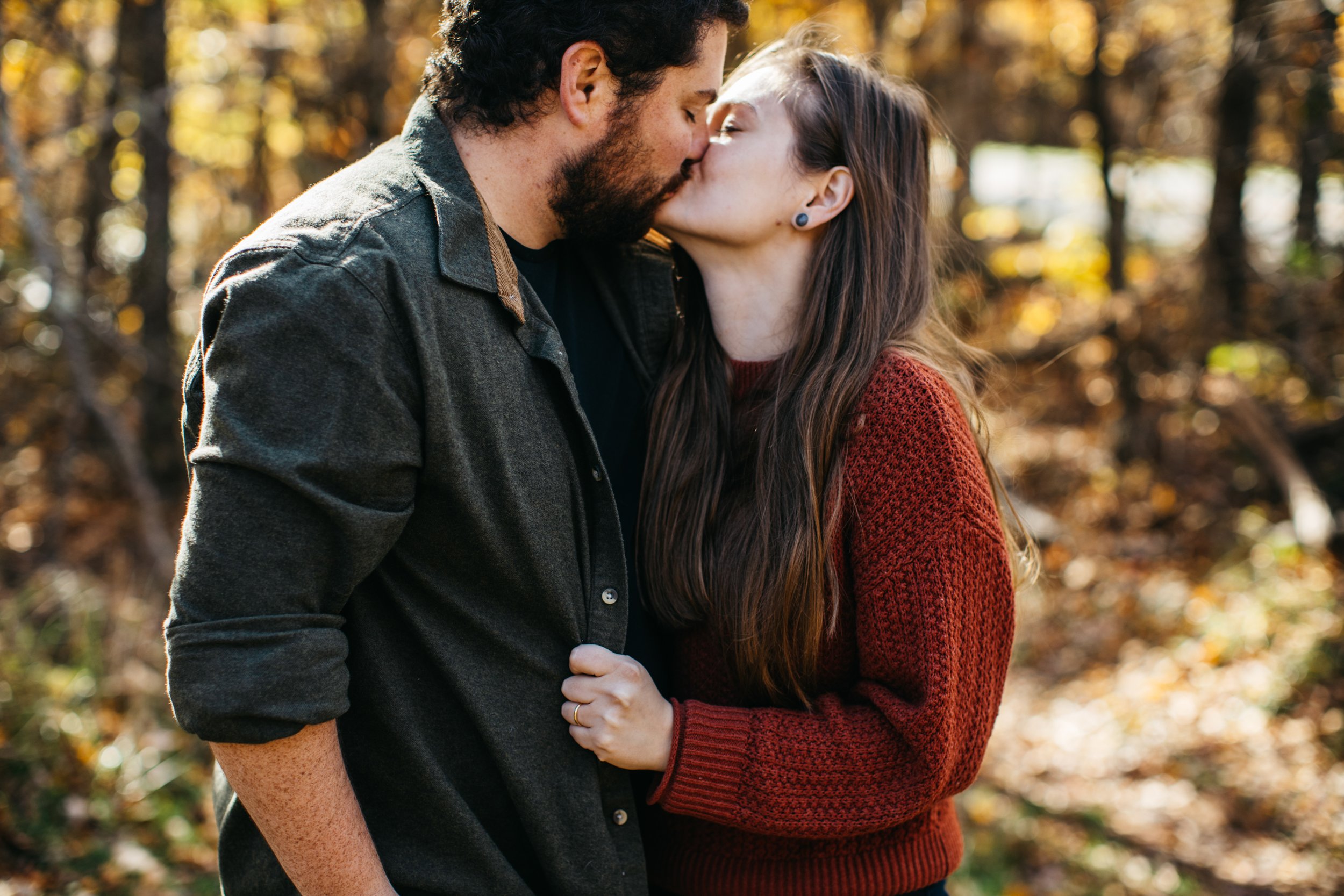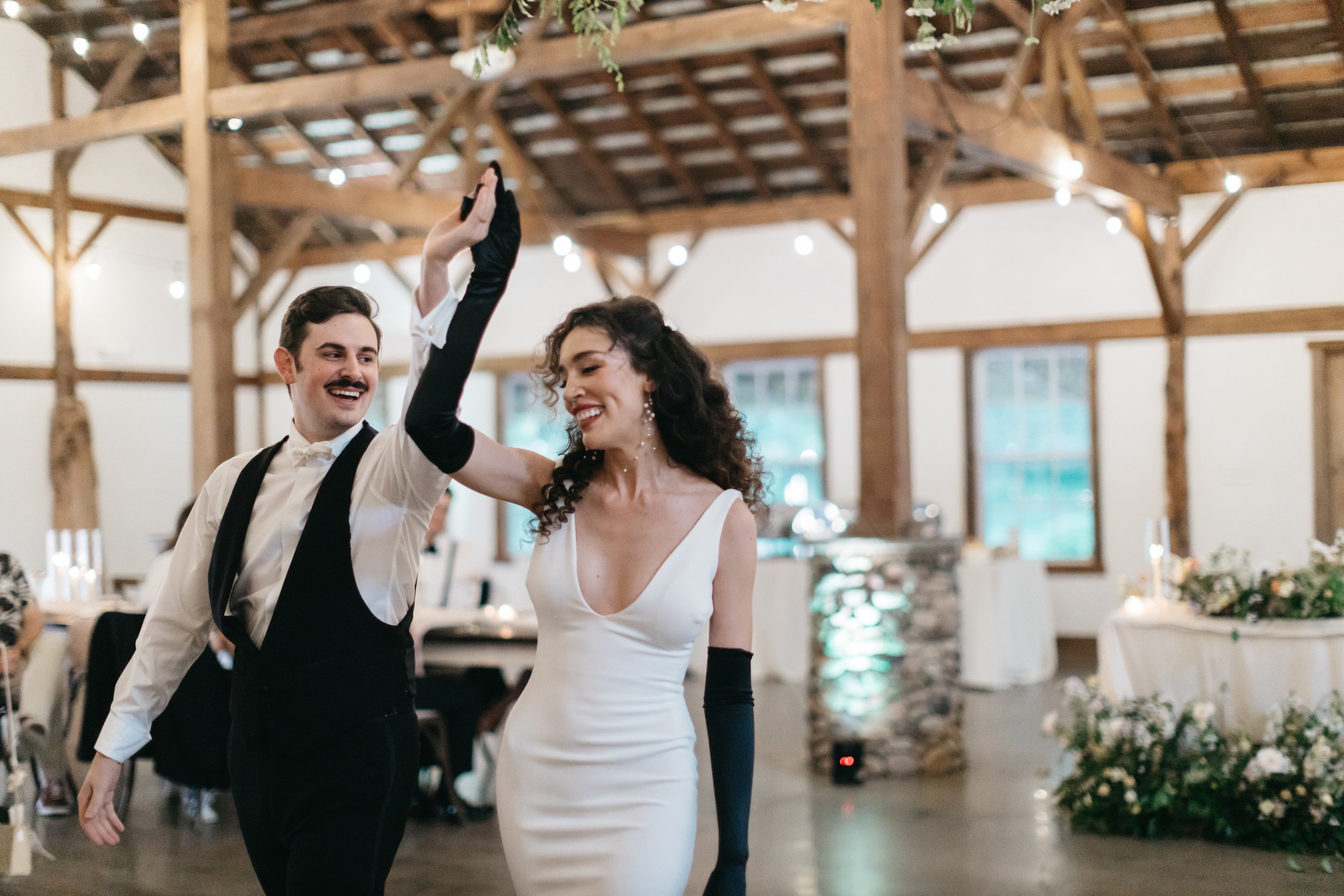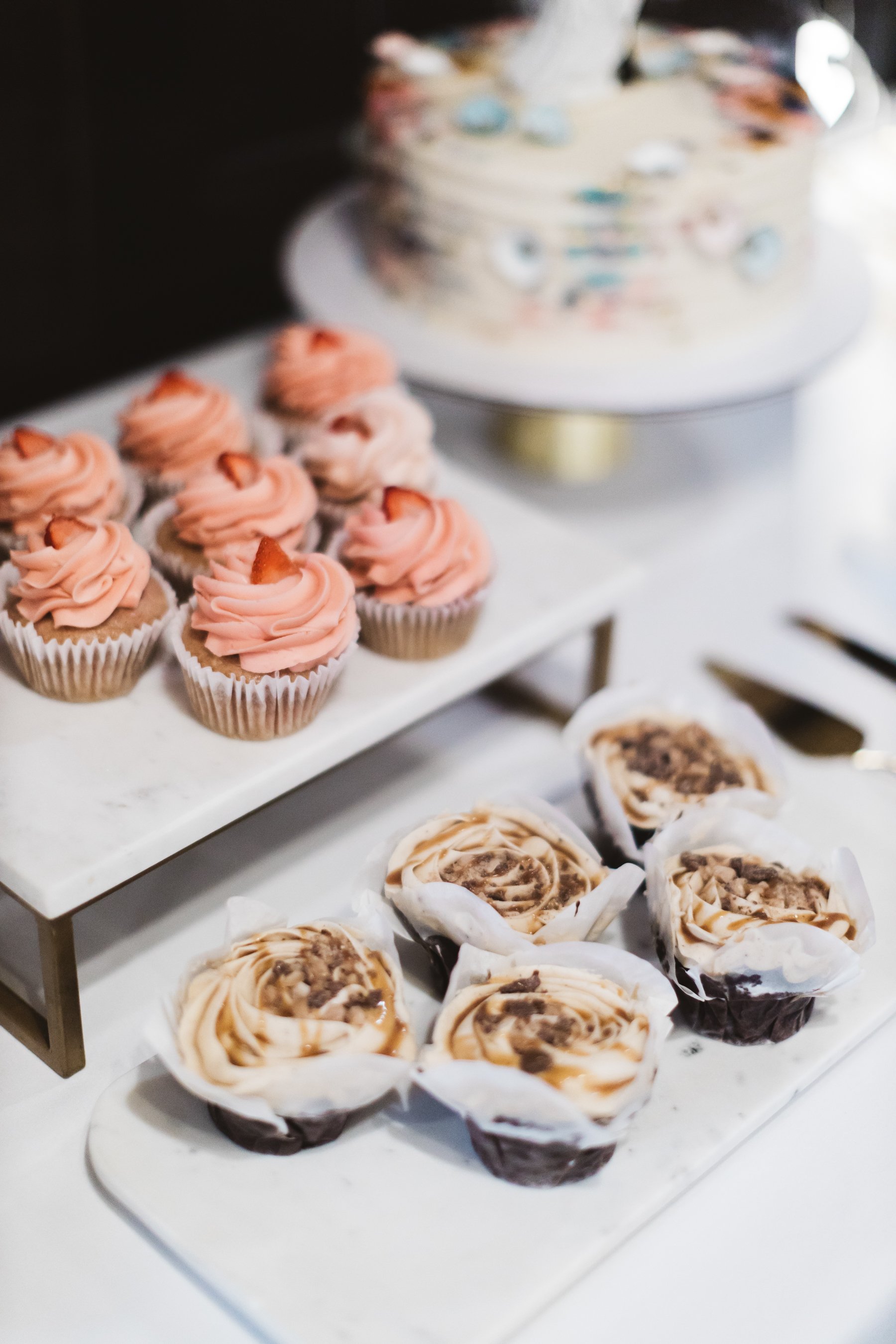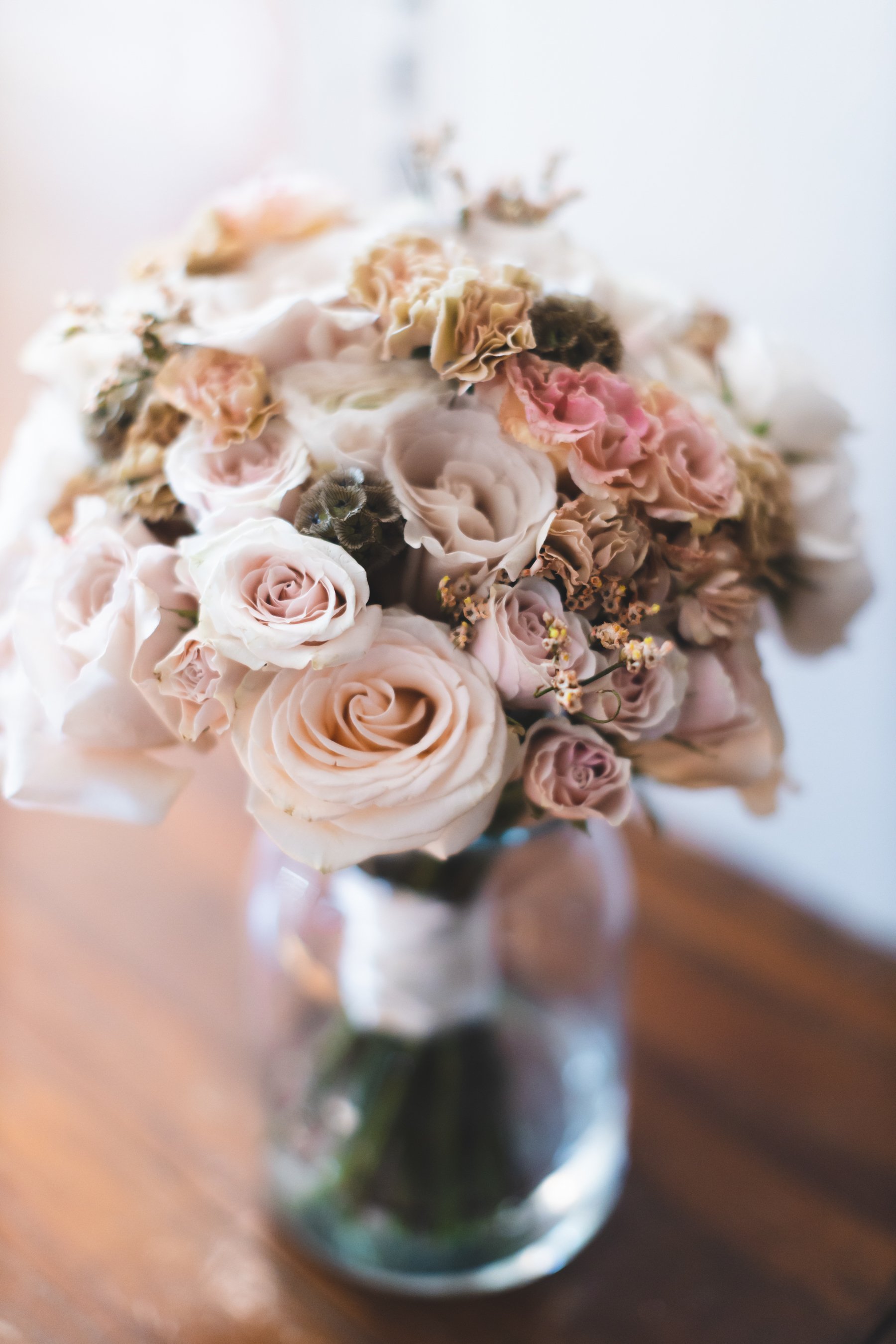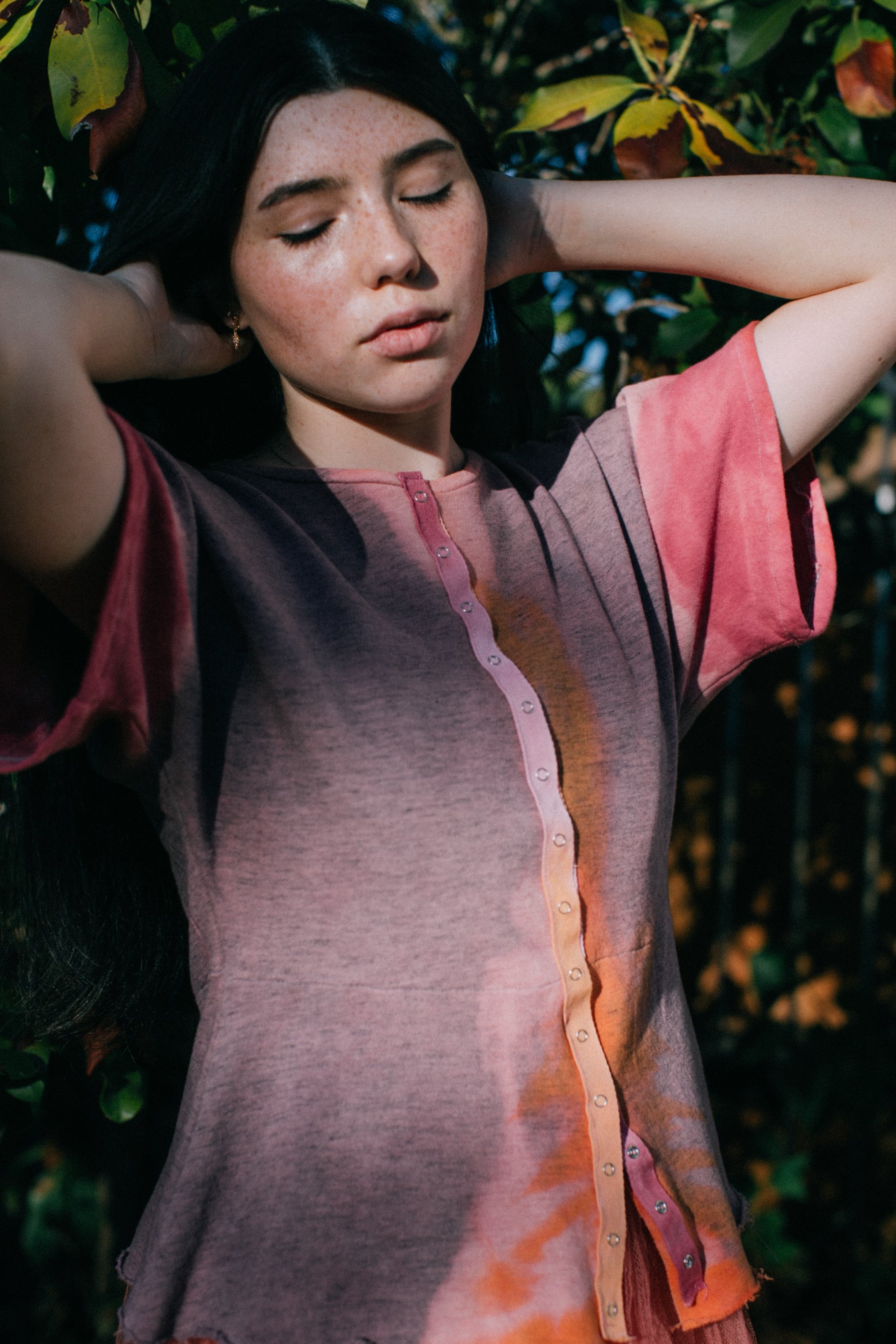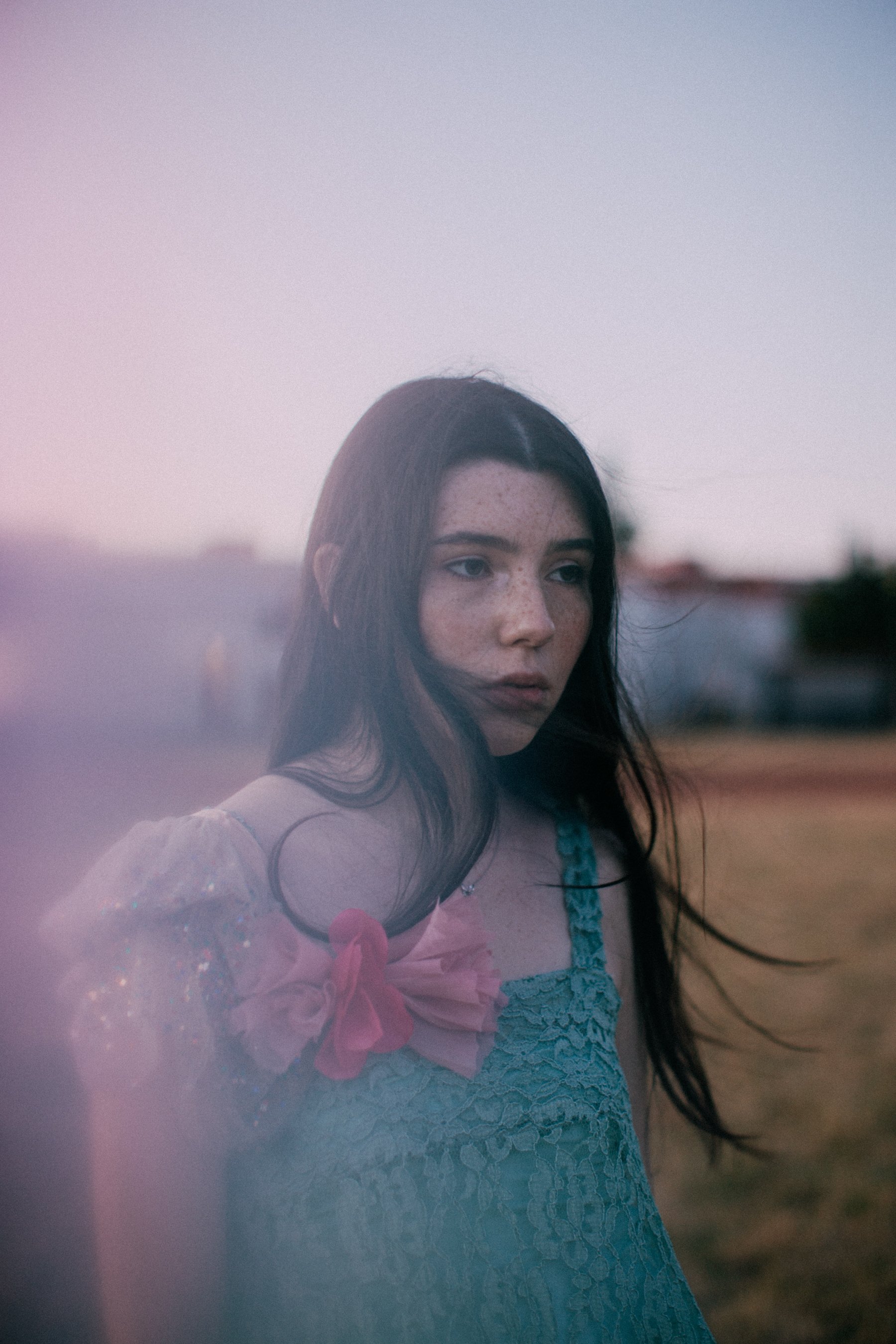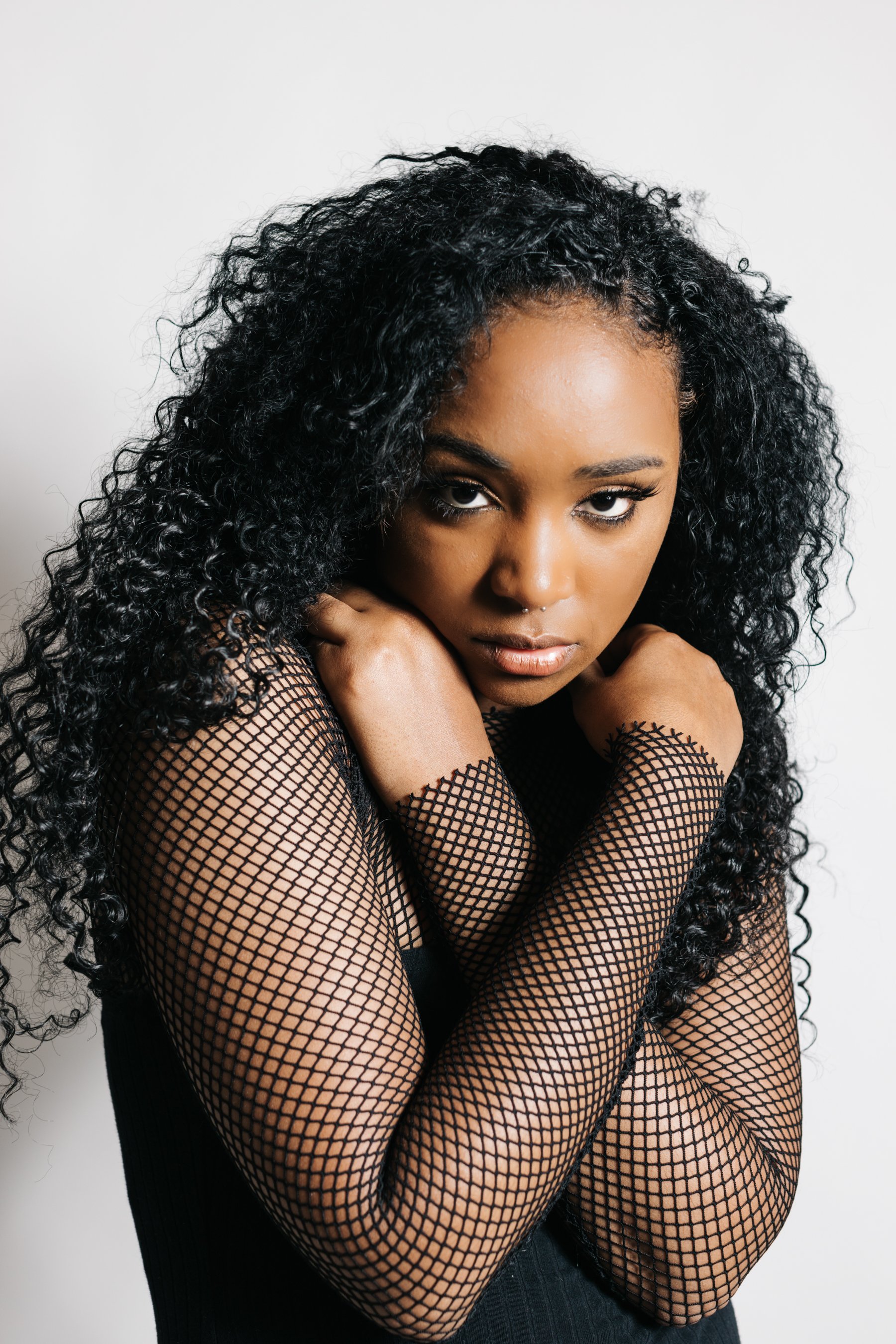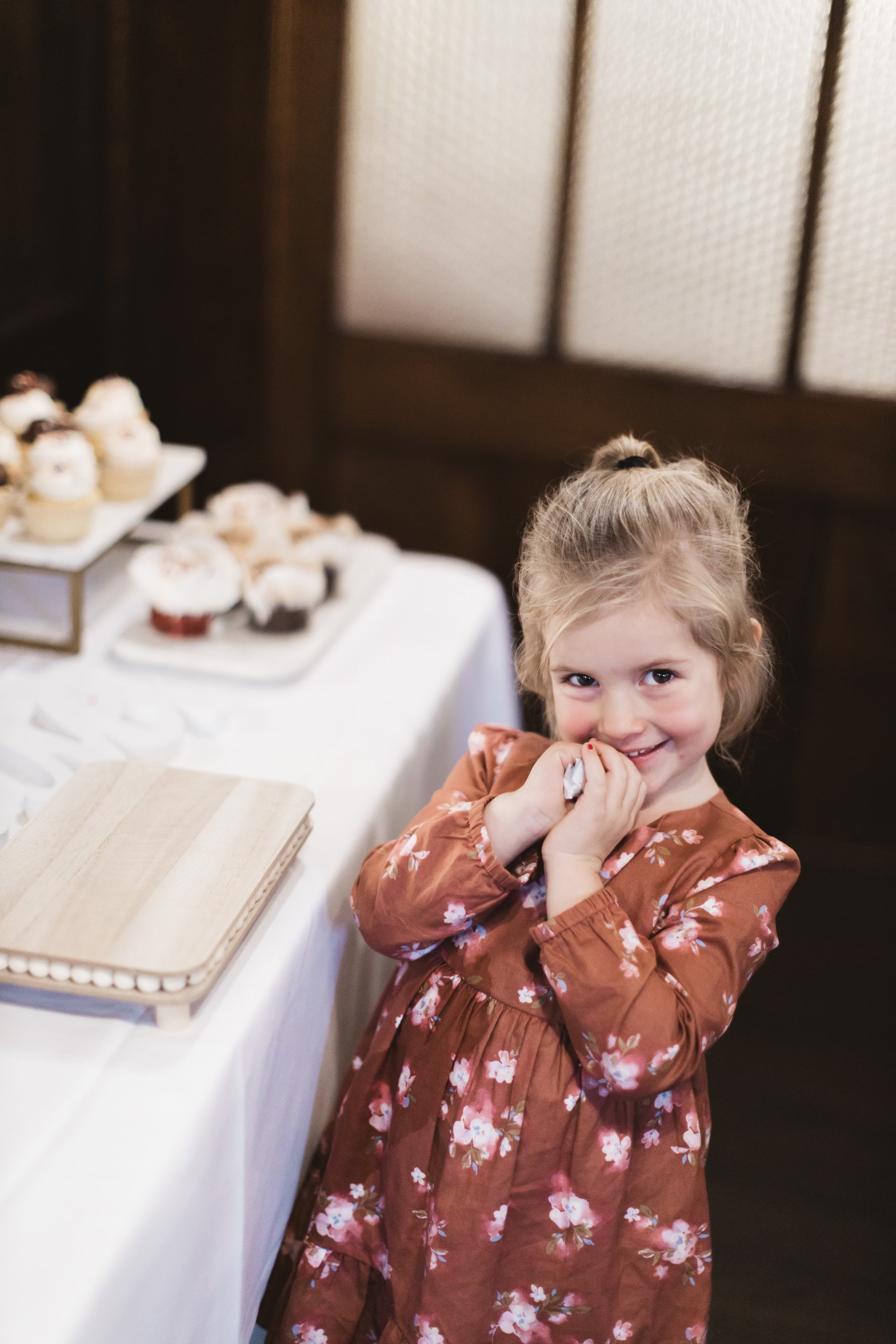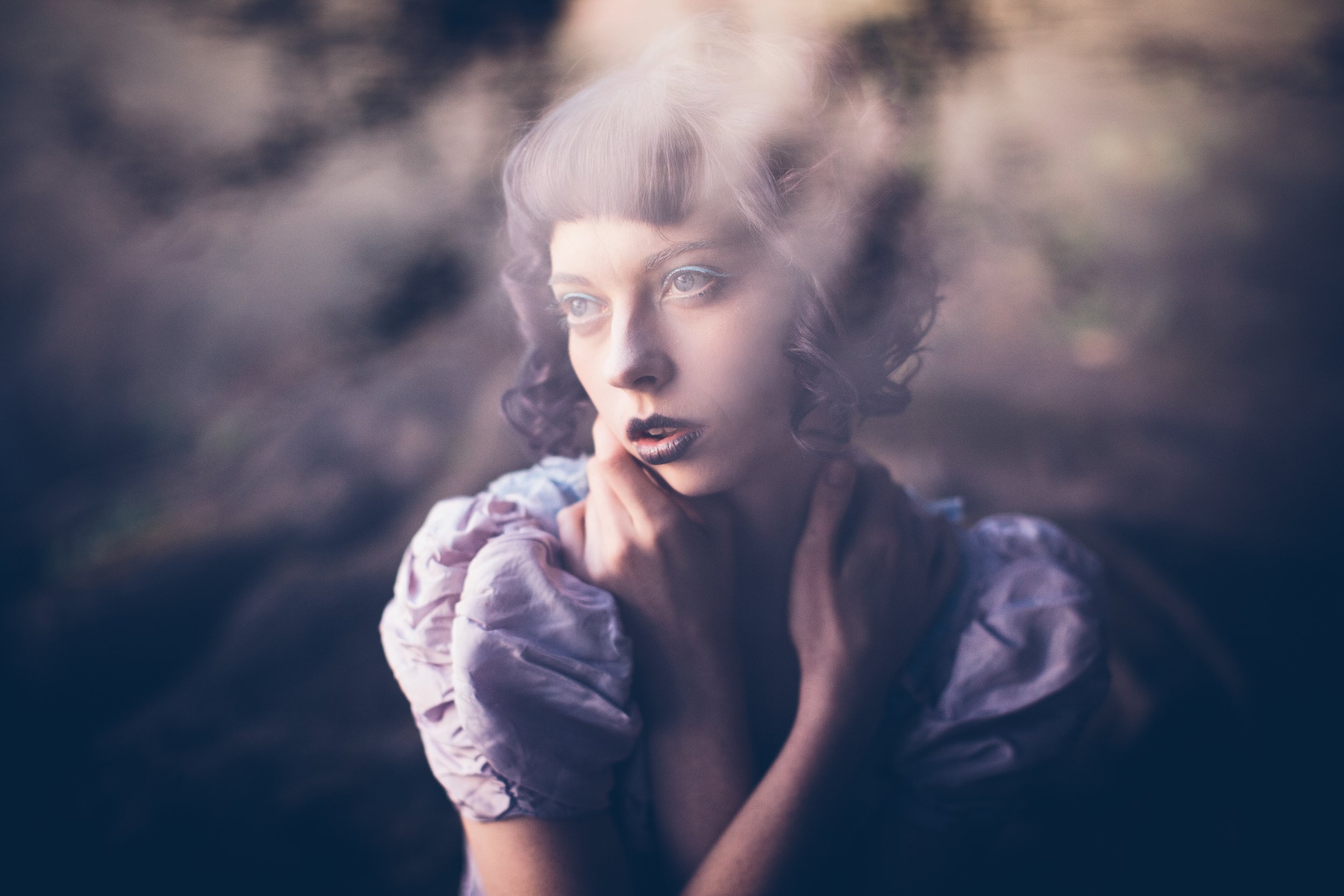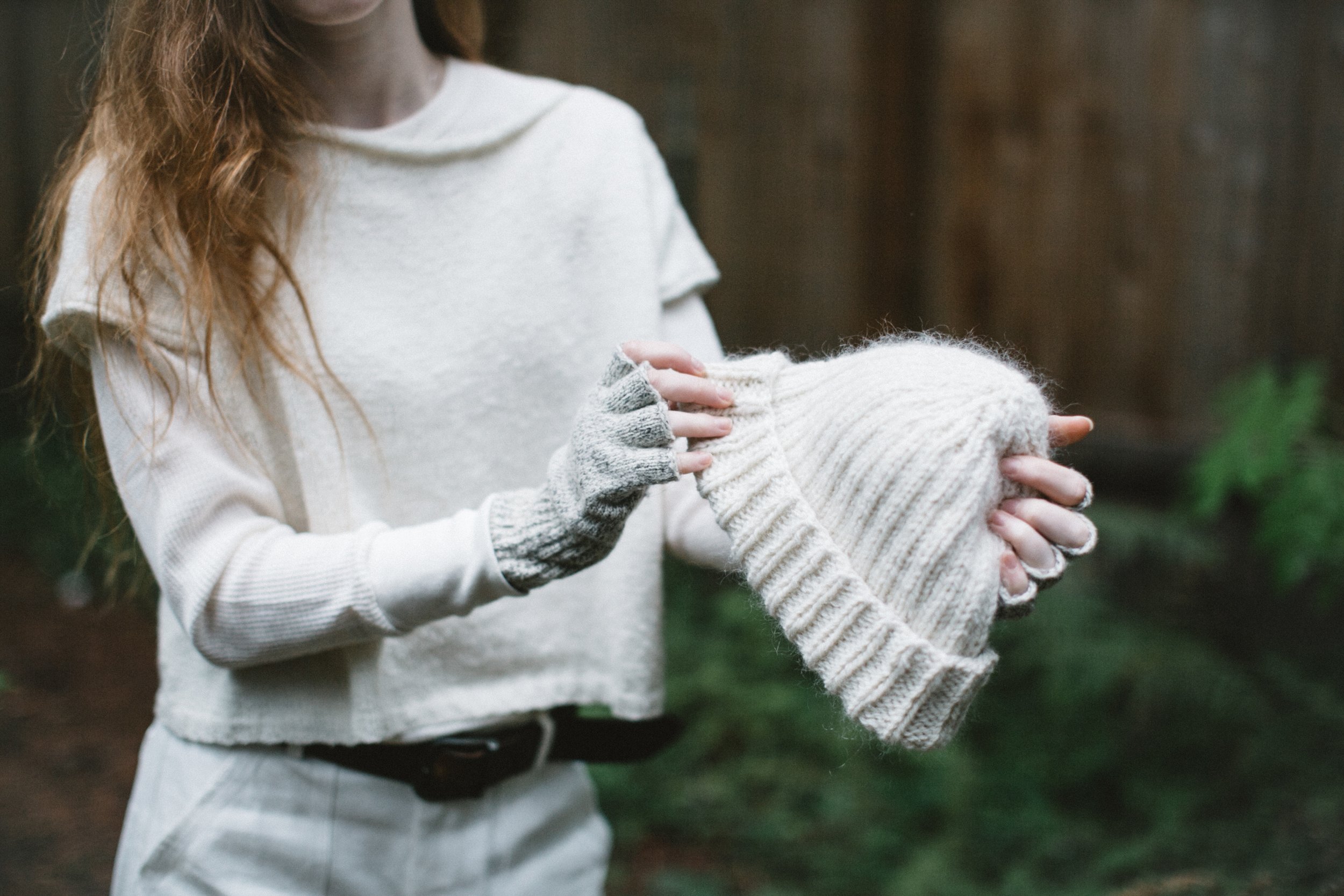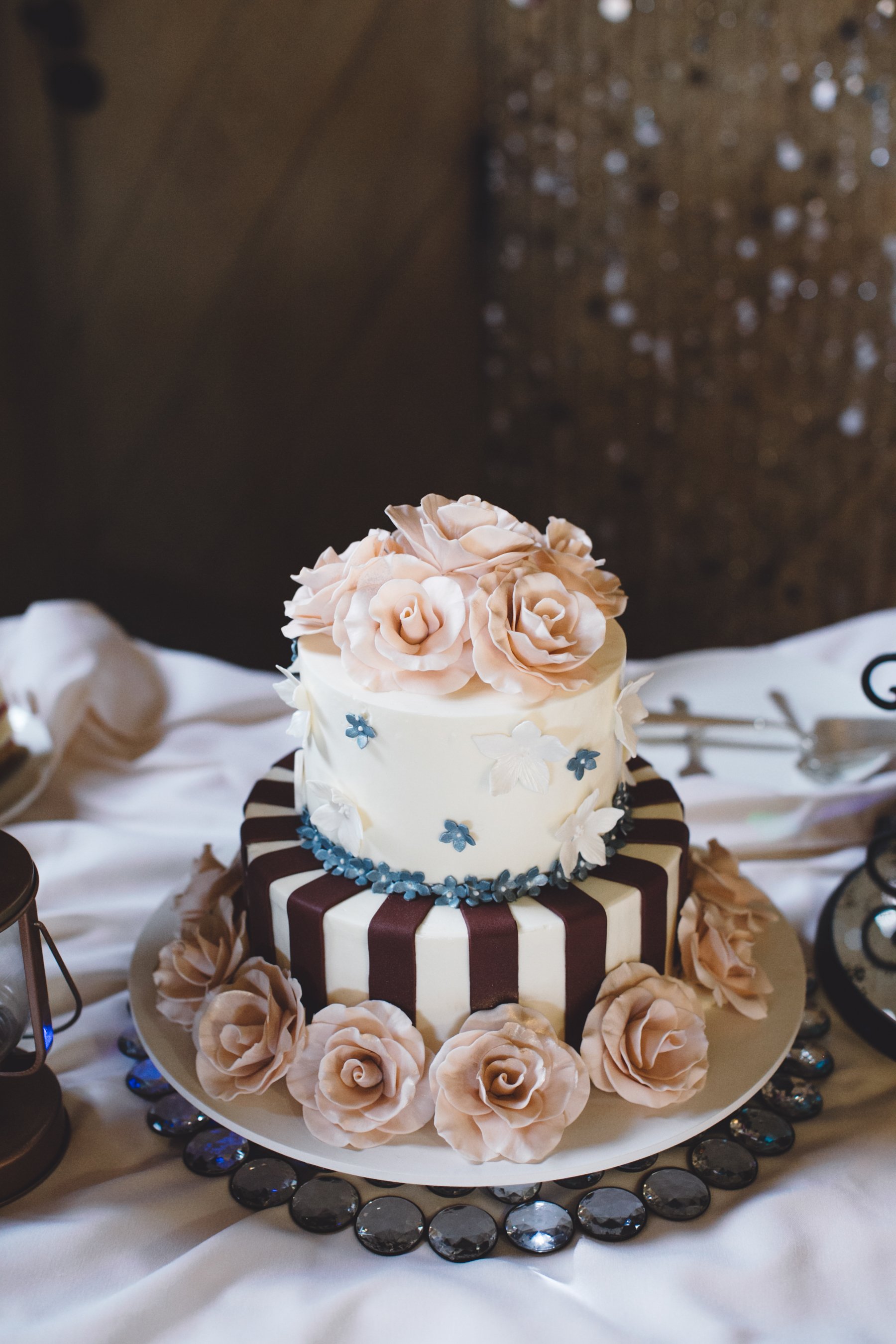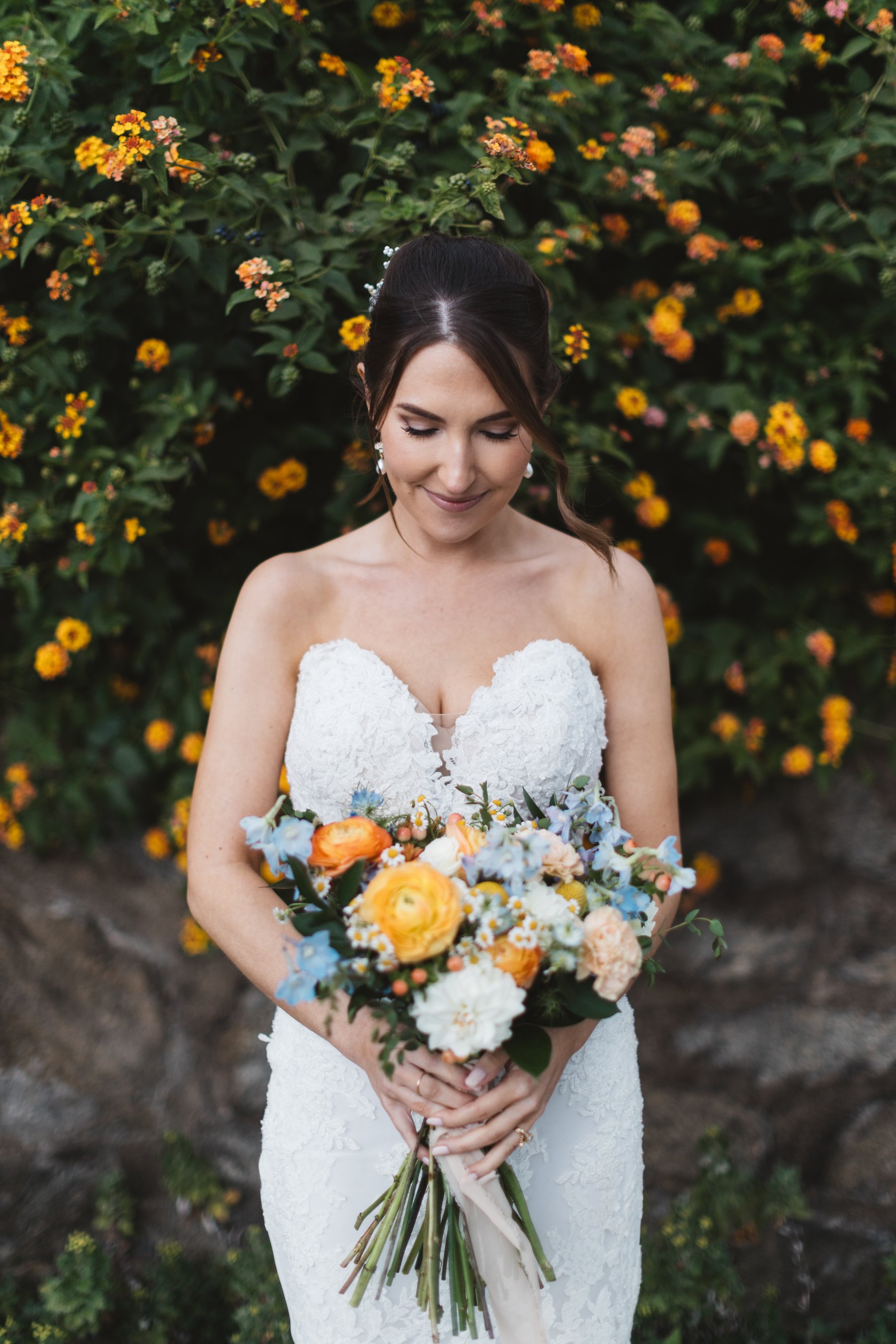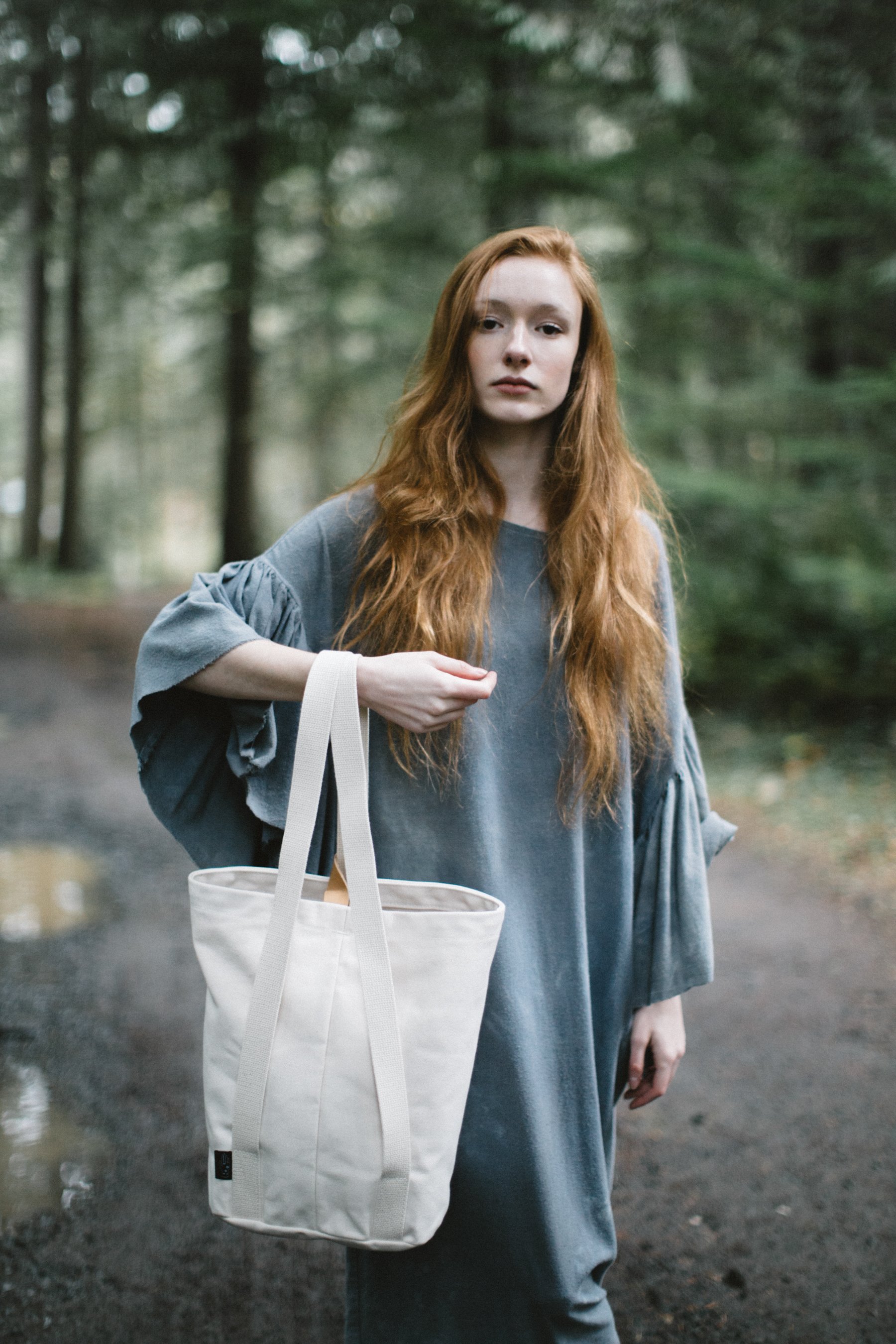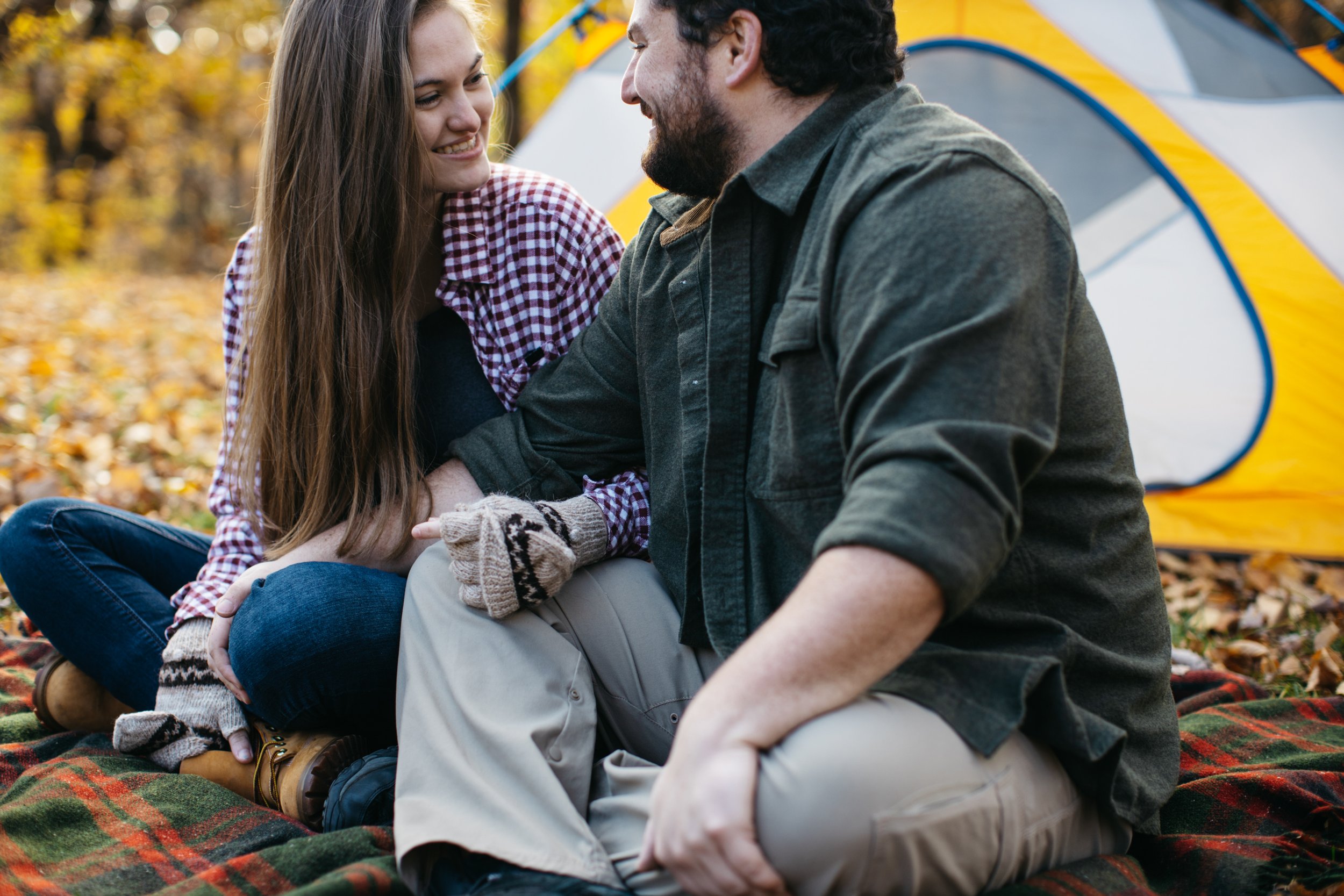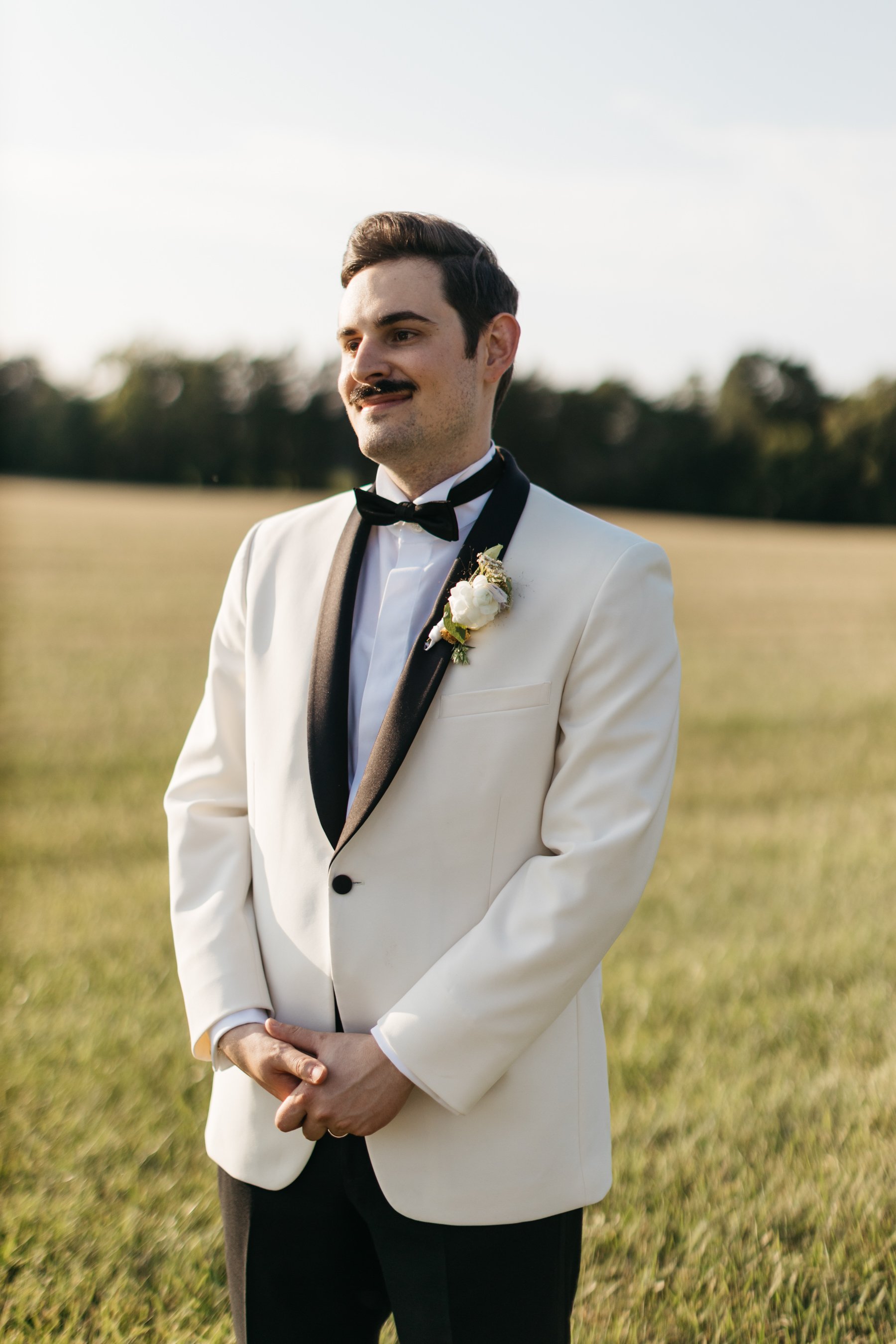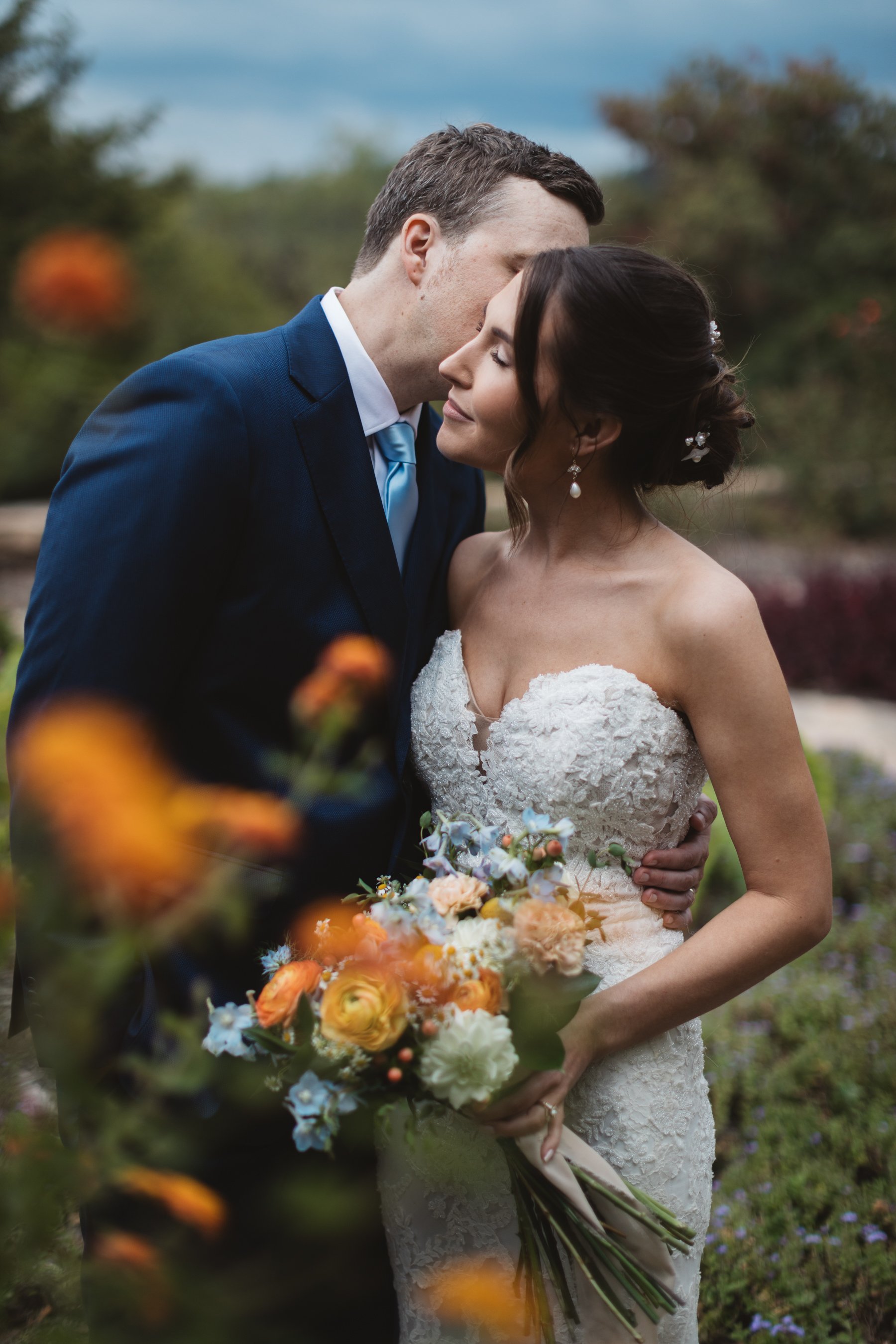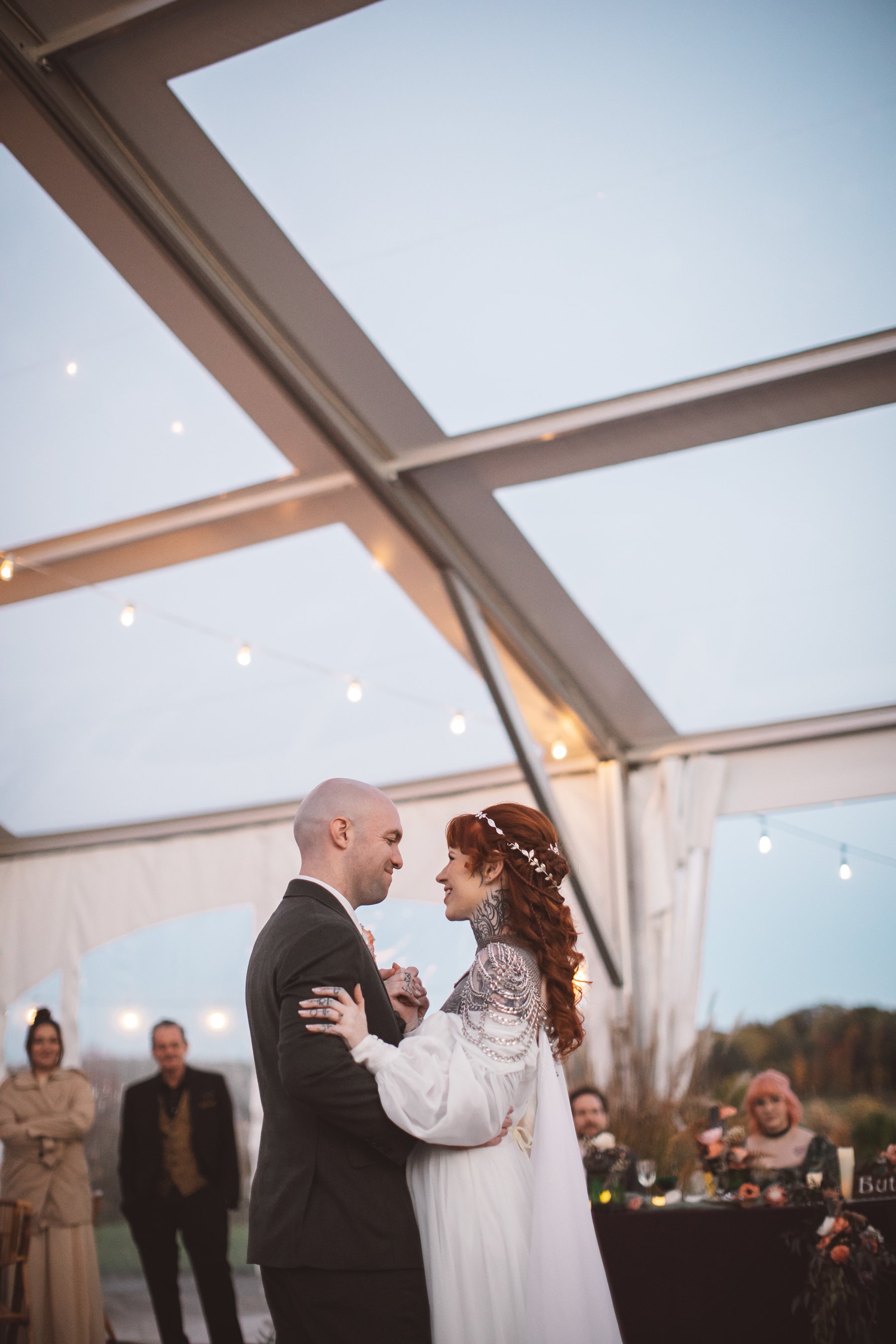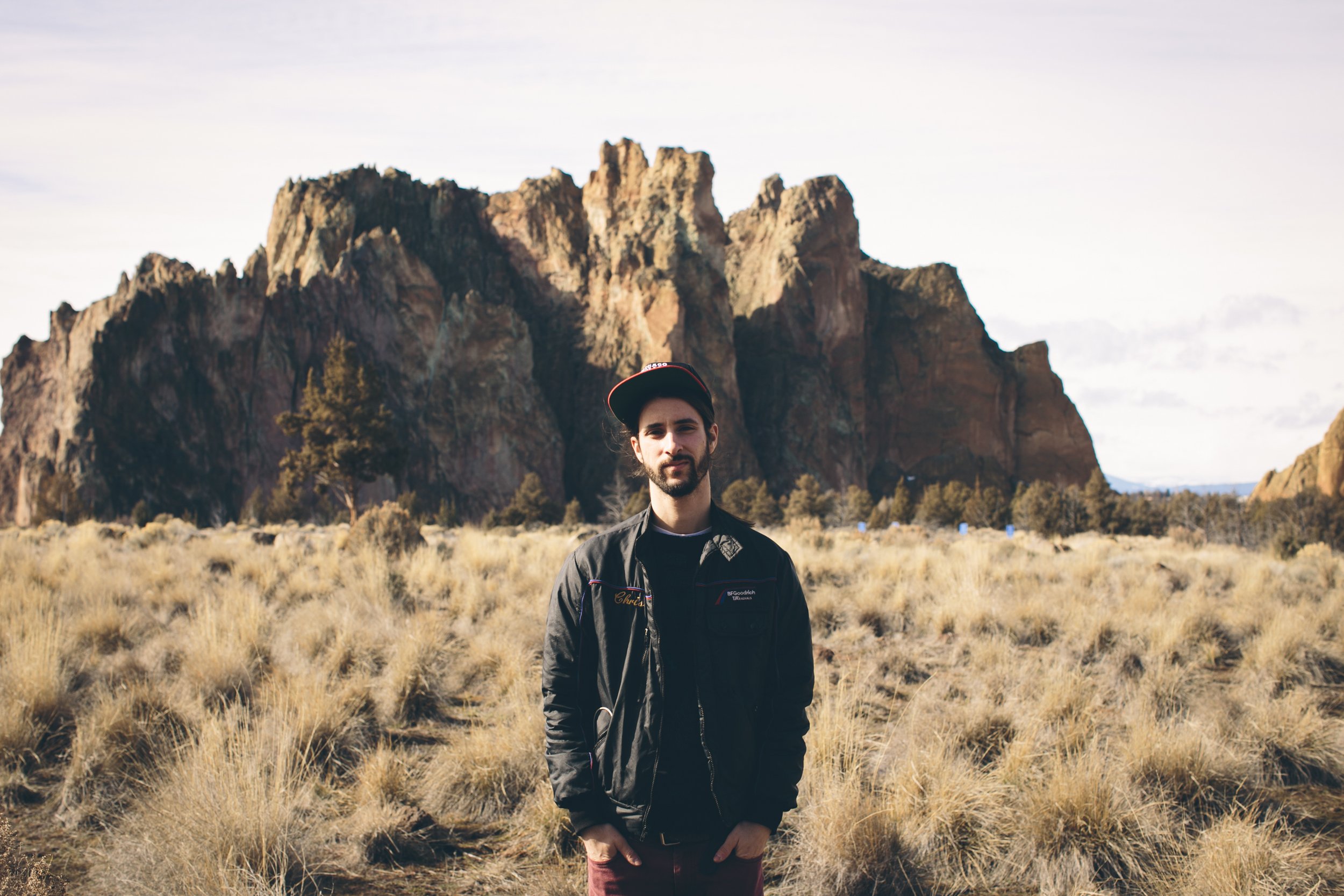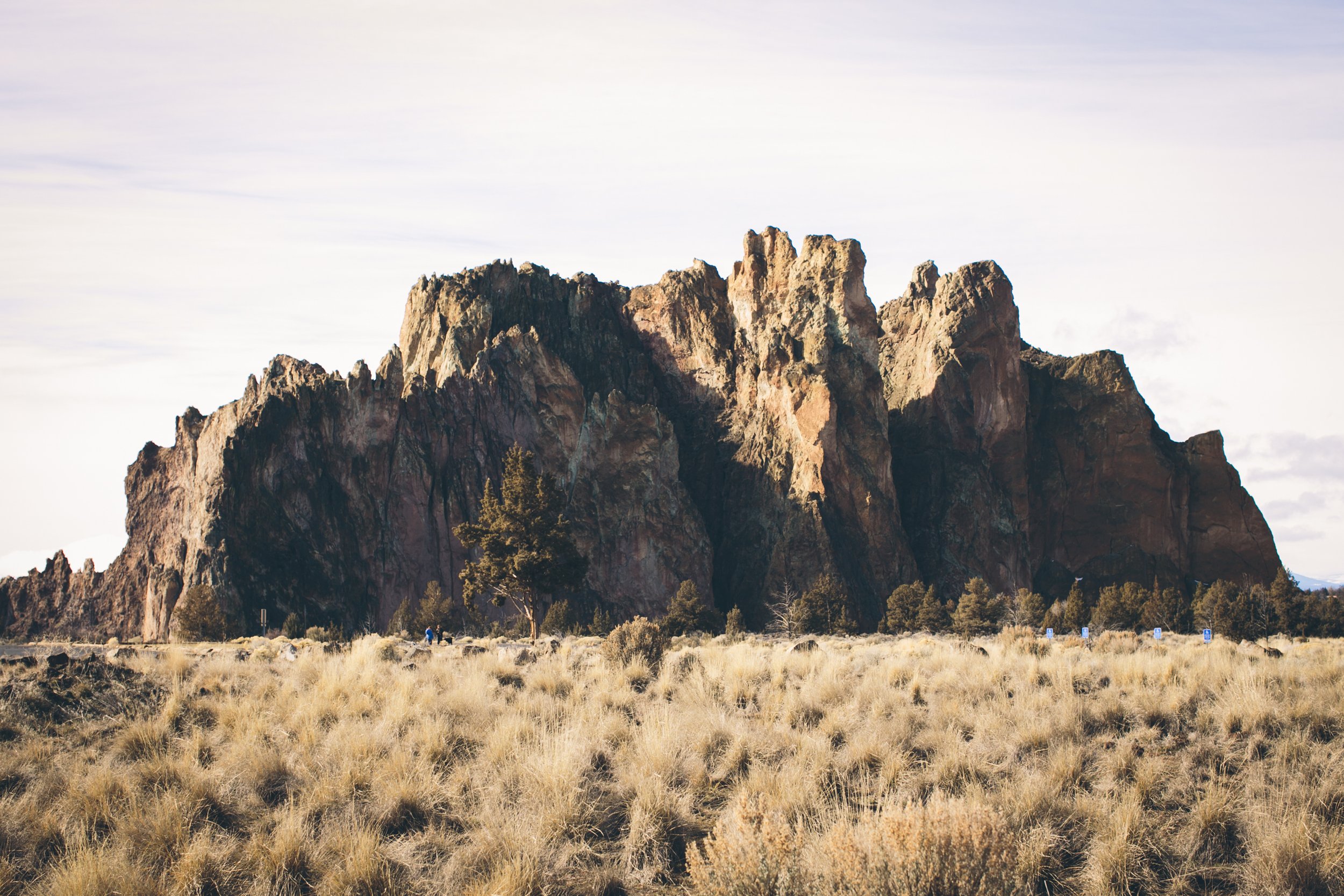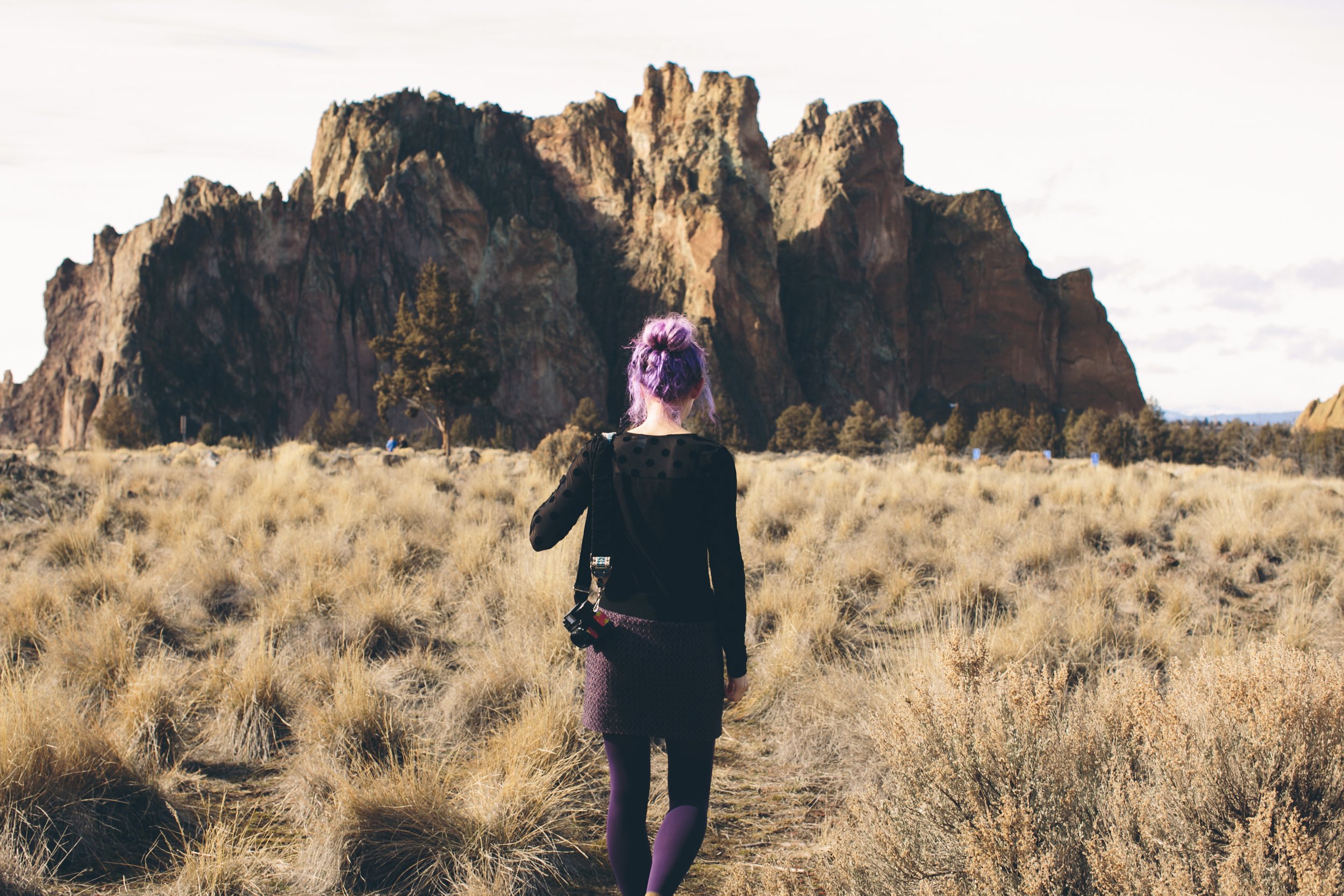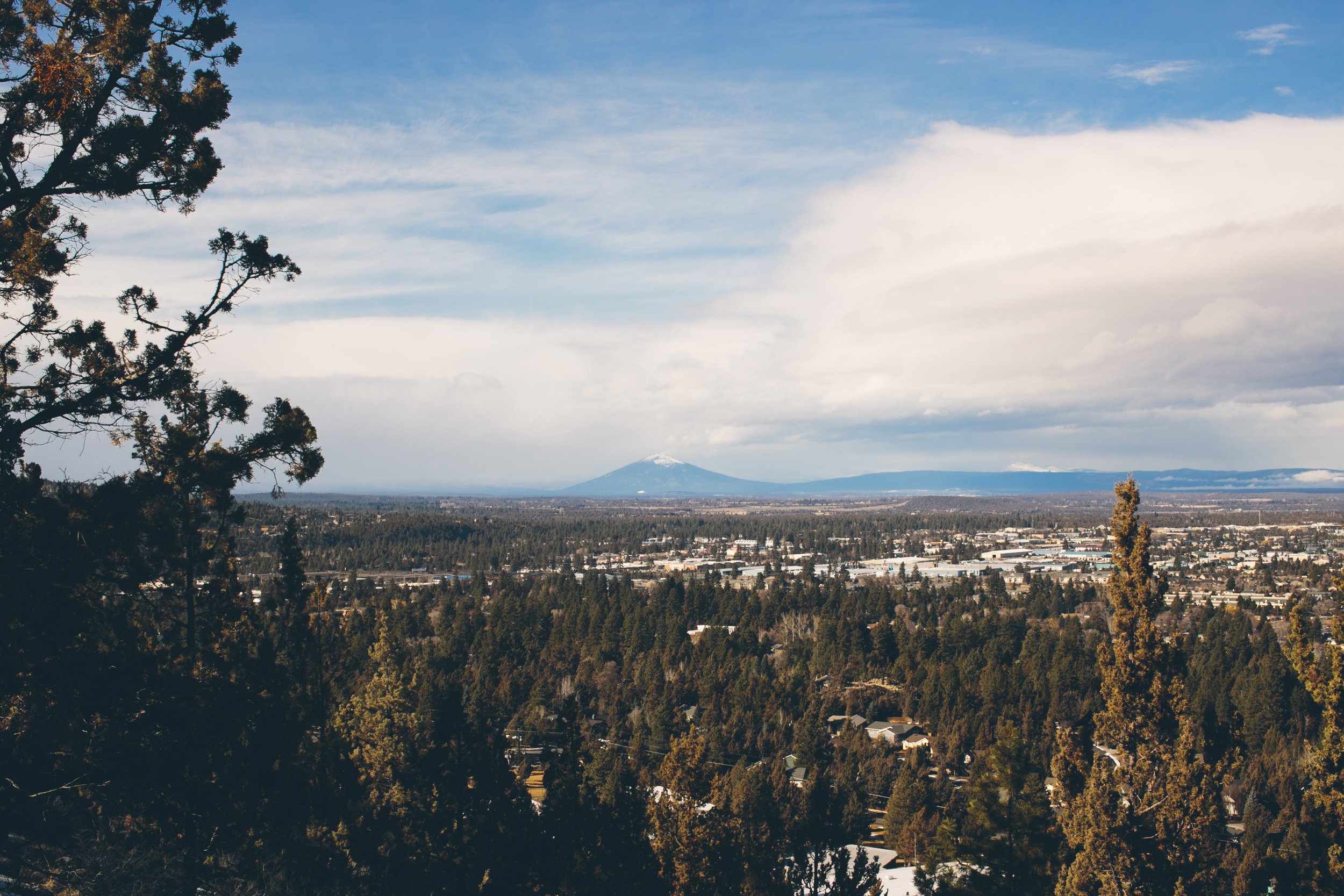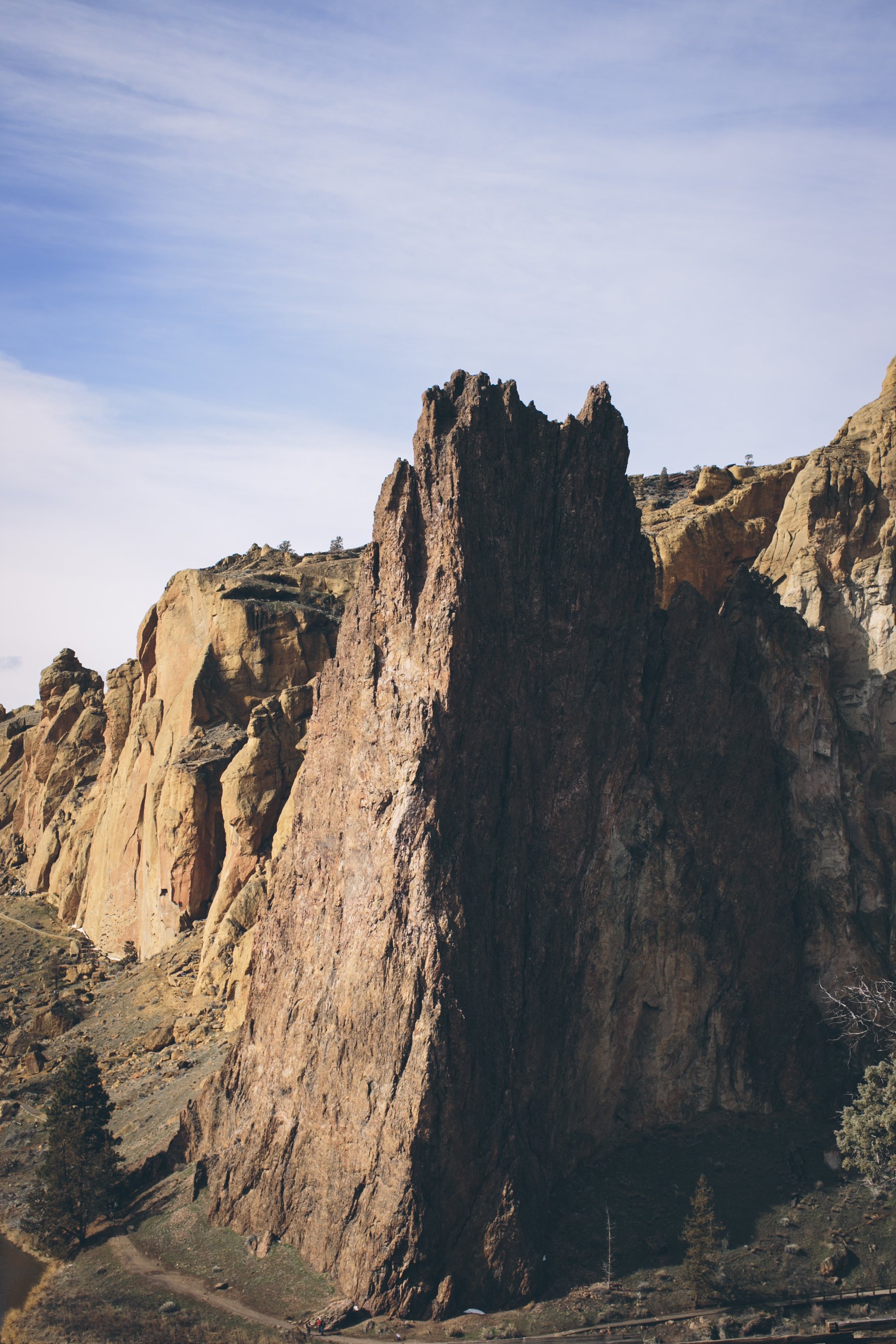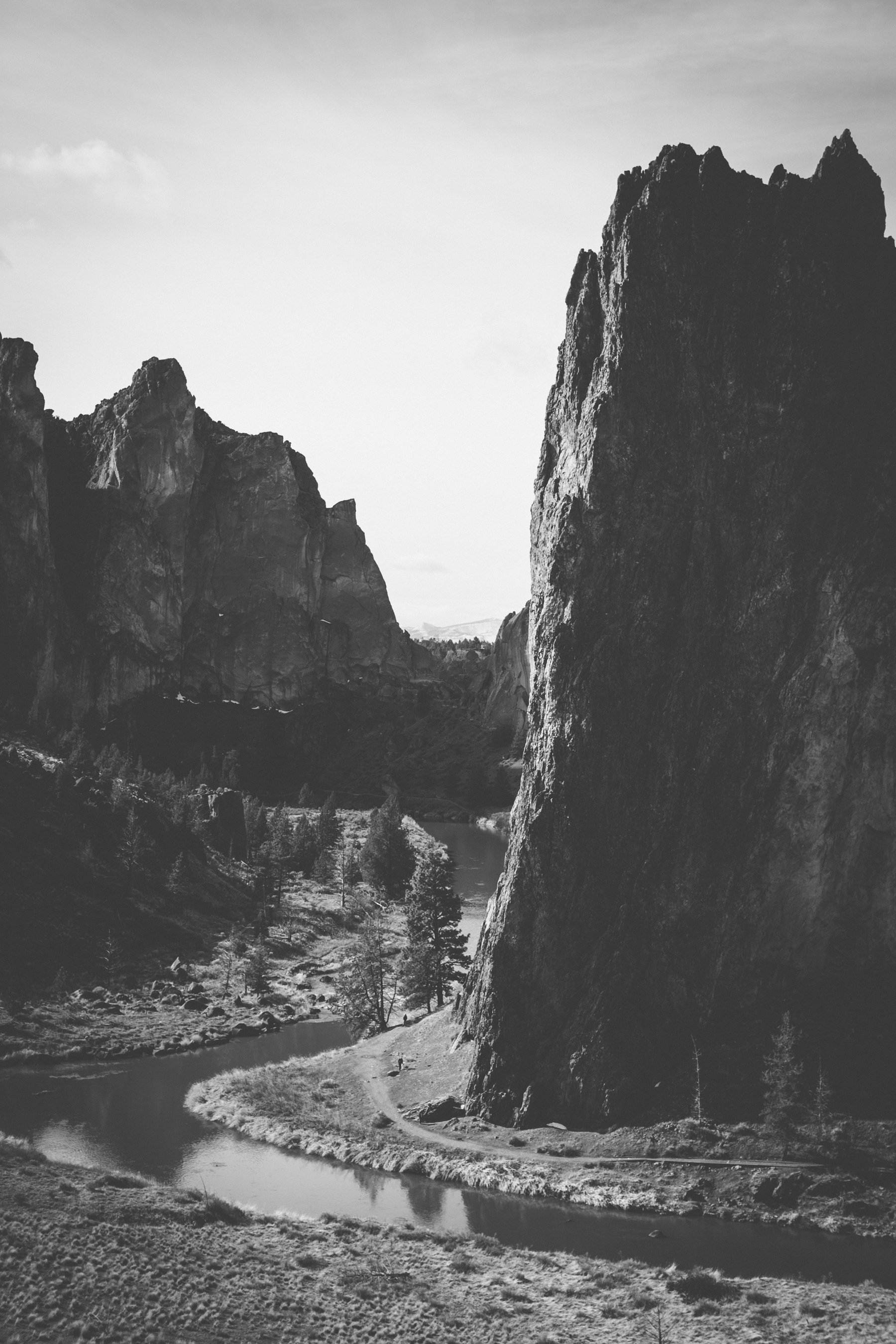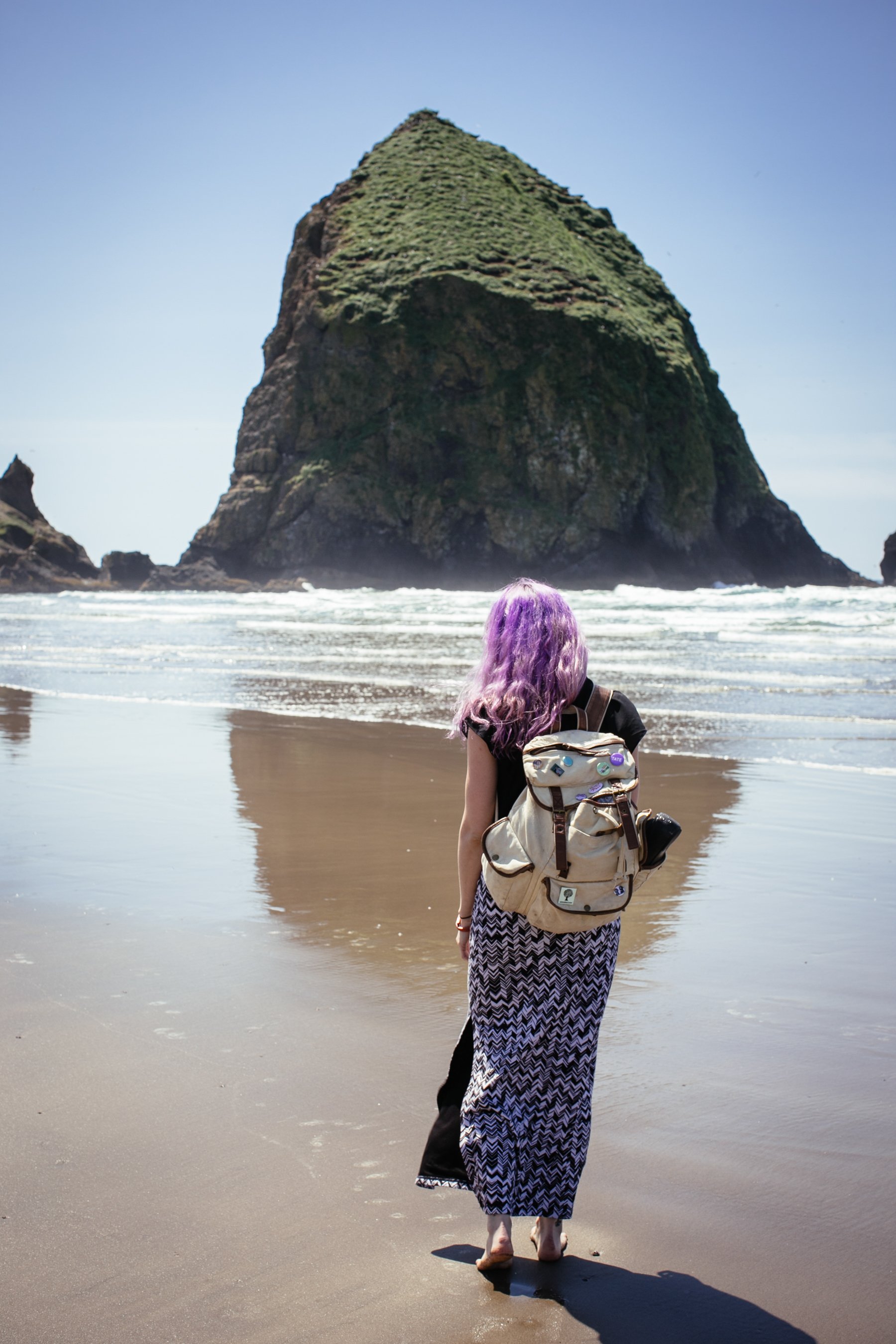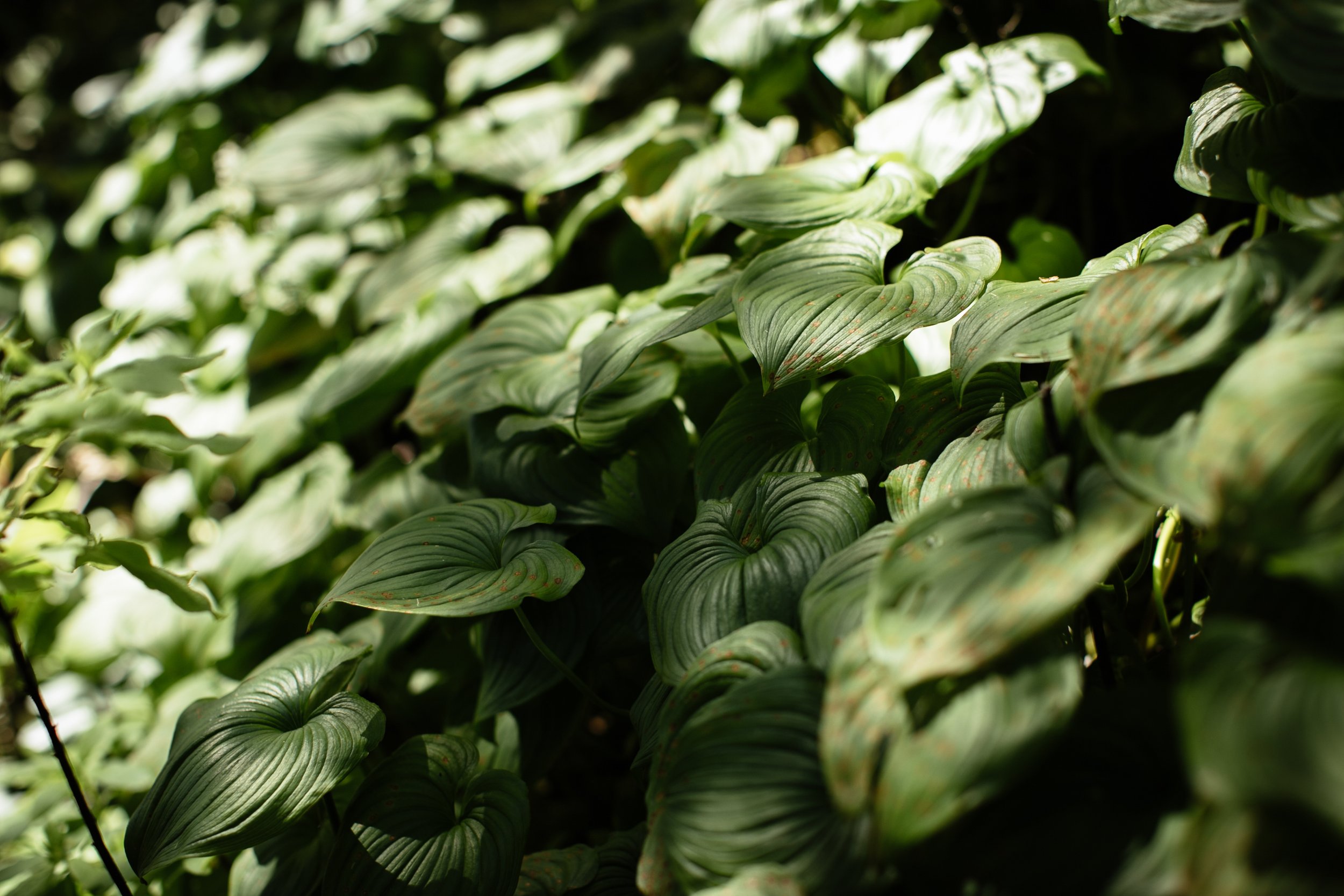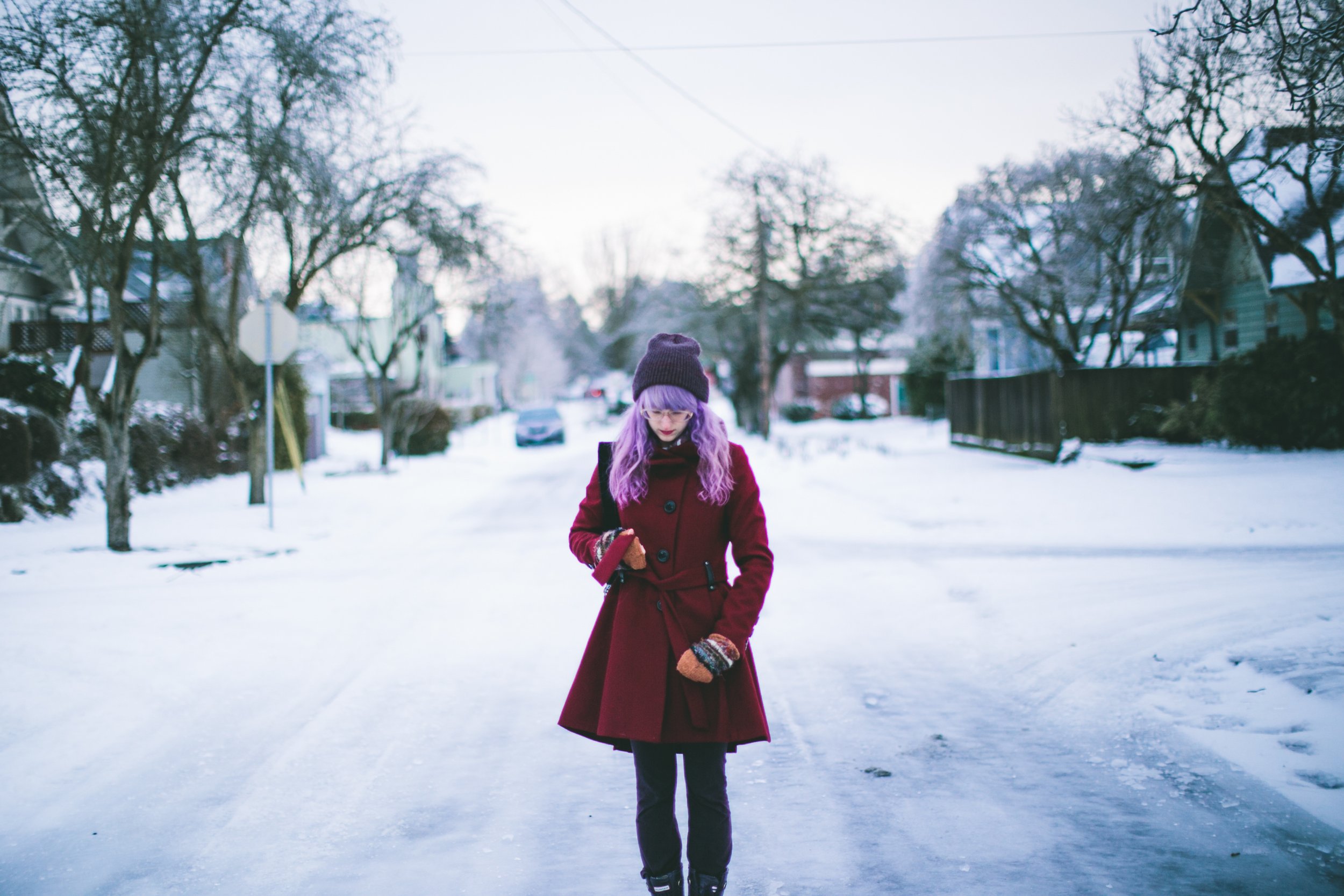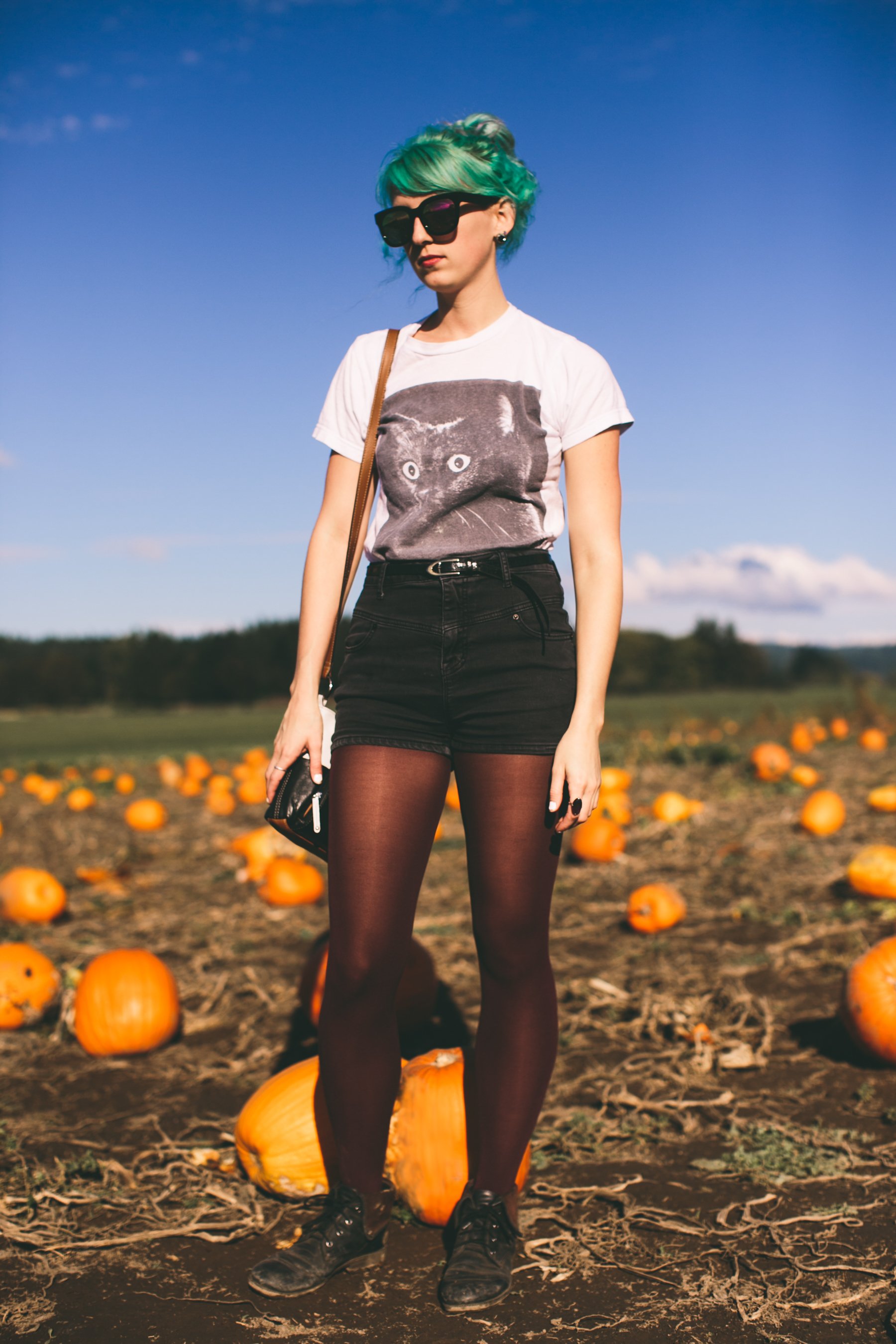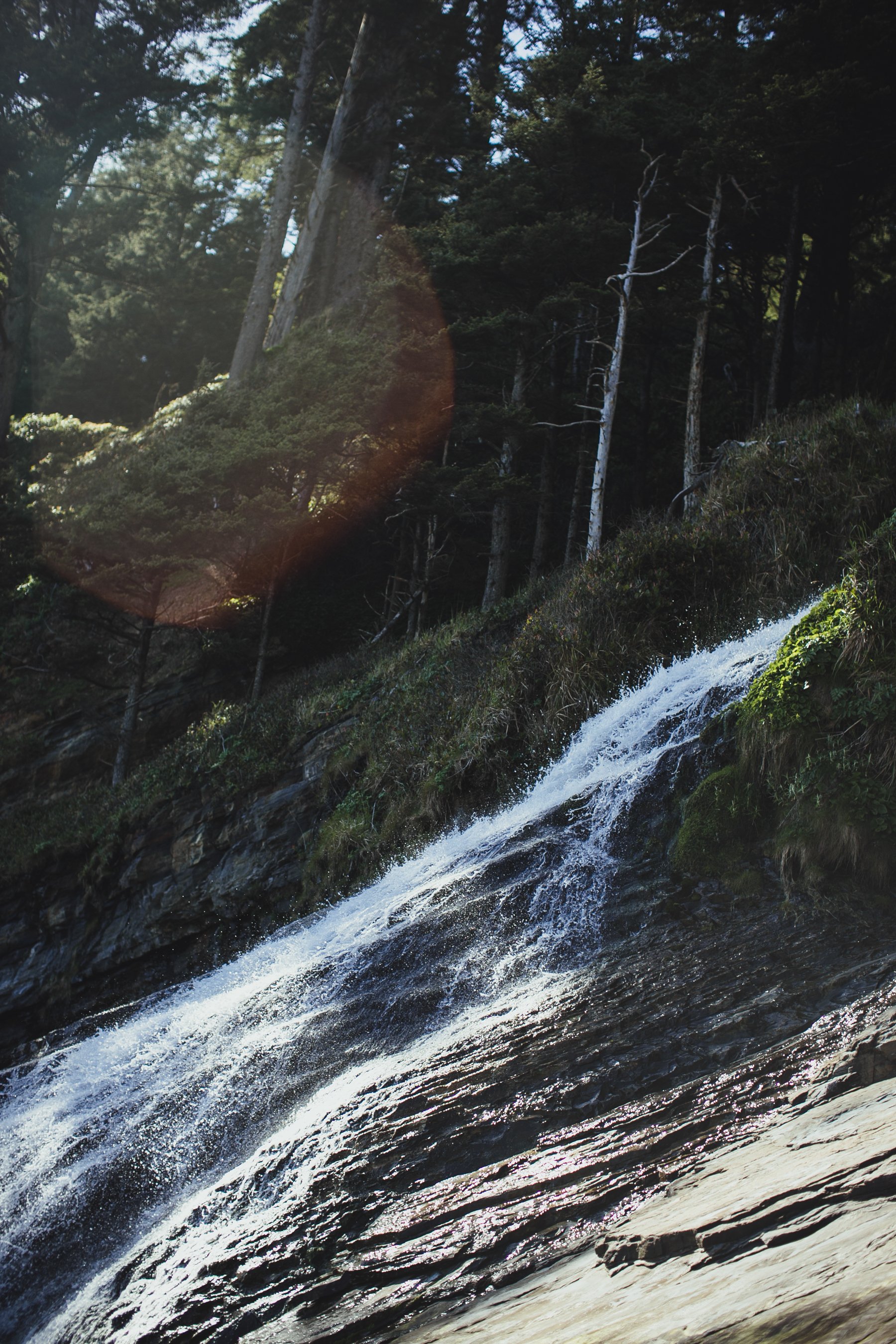This post contains affiliate links and I will be compensated if you make a purchase after clicking through my links.
The Canon 6D has been around for a while now (since 2012 to be exact). The Canon 6D Mark II is the latest version and is currently pricing around $1399. You might know that I currently shoot with a 5D Mark IV and use a Canon 6D as a backup camera, but I owe a LOT to the Canon 6D. I’ve been a full-time photographer since 2012 and I used the Canon 6D as my main camera for the majority of the growth of my business. It traveled with me around the world. It photographed dozens of weddings. It fell onto gravel driveways and into puddles. It got rained on. It was really like an extra limb to me. One of the main reasons I used it for so long was because I couldn’t seem to find a better camera for the price point! I’m a serious budget shopper, but I’m also serious about my photography. I wanted the best camera I could possibly get with the money that I had. As a beginning photographer back in 2012, spending over $1000 on a camera was terrifying to me. But I knew that if I could shoot just one wedding with it, that I’d have already made back all of the money. I looked at it as an investment for my business and it paid off ten-fold. I loved the 6D so much that I ended up buying ANOTHER one, and began shooting weddings with 2 6Ds with different lenses. When I eventually sold my first 6D in 2022, the shutter count was 279,000, which is apparently 297% of wear! I couldn’t believe I had never run into a problem with the shutter the entire time I had owned it. It was truly a workhorse of a camera and was totally worth every single penny I put into it.
I wanted to share a few of my favorite features of the Canon 6D (and 6D Mark II) so that you can decide for yourself if it’s worth it! In my opinion, the 6D is the best budget full-frame DSLR out there. And make sure to look through my sample photos at the bottom of the post so you can see what this camera is capable of!
1. THE LOW-LIGHT CAPABILITIES
The reason I was originally interested in the Canon 6D was because I photographed a lot of weddings and needed a camera that was amazing in low light. Weddings involve a lot of candlelight, dark dance floors, fast motion and candid moments. I simply don’t have time to worry about my camera focusing or making sure my shutter is fast enough. The Canon 6D had a super impressive ISO range of 100-25,600 (or up to 40,000 for the 6D Mark II), expandable to 50-102,400. If you pair this with a lens like the Canon 24-70mm f/2.8 L II zoom lens or the incredible Canon 50mm f/1.2 L lens, you can pretty much capture any situation with any amount of light. It’s kind of amazing. Of course, I would still bring my Canon Speedlite 580EX II flash with me and use it for fun dance photos, but as a general rule, I prefer to shoot with natural, available light.
2. WI-FI AND GPS FEATURES
When I first got my 6D, one of the most exciting features to me was the built-in Wi-fi and GPS system, which was pretty innovative at the time. I loved that after a shoot, I could transfer images from my camera to my phone and immediately edit them and upload to instagram or share them with others. I ended up using it a lot more than I even thought I would! It also allowed for remote control of the camera from your phone, so I was able to take fun self-portraits without having to use the self-timer. The GPS is so nice too because I travel a LOT, and often forget what town I was in! I love that I can look into the image data and find out exactly where I was when I took the photo.
3. FULL-FRAME FOR A LOWER PRICE
Another reason I opted for the 6D was because I didn’t want to pay the price tag of the 5D Mark III that was also available at the time. The 6D was the more affordable, sister version of the 5D by a long-shot and honestly, offered a lot of the same things, including a full-frame sensor! The 5D Mark III was around $3499 at the time (!!!!) and the 6D was $2099. I managed to get mine for $1899 during Black Friday/Cyber Monday weekend, and then purchased my second one for $1399 in 2015. Now, the original 6D is actually quite hard to get your hands on unless you get a used one, but the newer version, the Canon 6D Mark II is around $1199 for the body only, or you can spring for a full kit with a 24-105mm f/4 lens for around $2200. I always recommend going for the L series lenses, but if you’re just starting out, a kit lens will help get your feet wet!
4. FULL HD 1080P VIDEO AT 30 FPS, OR FULL HD 1080P VIDEO AT 60FPS FOR THE 6D MARK II
Around the time that I bought the 6D, I was also starting to get into video. The fact that the 6D had full 1080p video was a huge plus for me. I used the 6D to film a handful of wedding videos and even started my YouTube channel with it! Of course, these days the high-end cameras can shoot 4K (or even higher!) but if you’re interested in learning about video and getting some high-quality footage, the 6D has everything you need to get started. I still use my DSLRs for video from time to time and I always love how it turns out. Simply put, both the original 6D and the 6D Mark II have the option to create some amazing video work and plenty of professional videographers and photographers still use them as part of their arsenal. :)
5. COMPACT AND LIGHTWEIGHT BODY
Another important feature of the original 6D was the compact and lightweight body. It weighed less than the majority of cameras out there at the time and just felt a lot smaller and easier to manage in my hand. It weighed 1.7 pounds (or 1.69 for the Canon 6D Mark II) while the 5D Mark III weighed 2.1 pounds. It might not sound like a big difference, but trust me, every little bit counts when you’re standing on your feet for 8 hours at a wedding. Plus, I’m a relatively small person and my body is always beat after a wedding. I typically need at least two days to recover, no joke! The weight of a camera is a huge factor for me when deciding what to purchase. I also bring at least 6 cameras with me to a wedding, so the compact body helps too when trying to squish them all in my bag!
FINAL THOUGHTS
I guess what I’m trying to say is, the 6D is super special to me. It carried me through the early stages of my business and helped me to grow exponentially. Though I am a firm believer that it doesn’t matter what gear you use, it does help when you have a camera that has high functionality in the areas that you need it most. And a photographer that prefers natural light, the 6D just made sense for me. I used it for fashion shoots, portrait shoots, food, music, concerts, bands, events, product photography and so many other types of photo shoots. I still have my second 6D that I purchased and I’m not sure that I’ll ever get rid of it. It definitely holds a soft spot in my heart.
If you’re a beginning professional photographer, dreaming of starting a photography business, the 6D or the 6D Mark II is an absolutely excellent place to start. For what you’re getting, the price is pretty impressive when comparing to other brands. I’ve considered switching to other camera brands many many times, but I always end up coming back to Canon because of the pricepoint and features. It’s just always made sense for me.
Make sure to check out my blog post about the Canon 5D Mark IV if you’re leaning towards the more pro version of the 6D. Or the Canon EOS R if you’re thinking of going mirrorless and prefer an RF mount. The Canon 6D and 6D Mark II has an EF lens mount, so you have to make sure to buy EF mount lenses to pair up with them, unless you decide to buy an adapter. I use EF lenses, even with my EOS R, but I did end up buying this adapter to make it work.
Scroll down to the bottom of the post for more example photos with the Canon 6D!
WHERE TO BUY THE CANON 6D (ORIGINAL VERSION)
WHERE TO BUY THE CANON 6D MARK II
Amazon (body only)
Amazon (Kit with 24-105mm lens)
LENS RECOMMENDATIONS
Canon 24-70mm f/2.8 L II Lens
Canon 50mm f/1.2L Lens
Canon 50mm f/1.4 USM Lens (budget option)
If you found this post helpful or if you’d like to see more of my work, I’d love it if you considered signing up for my Patreon! For as little as $1 a month, you’ll get early access to all of my YouTube videos, plus tons of photos that I don’t post anywhere else. Depending on which tier you choose, you could also receive seasonal prints and/or discounts! I always use all of the proceeds towards cameras, film & processing. Find out more here!
If you have any questions, I’m always happy to help! You can contact me here, or leave a comment below! Thanks so much for stopping by! You can also check out my Amazon storefront for more camera/film recommendations. :) Have a lovely day!
<3 Myles Katherine
(click to enlarge photos)

































